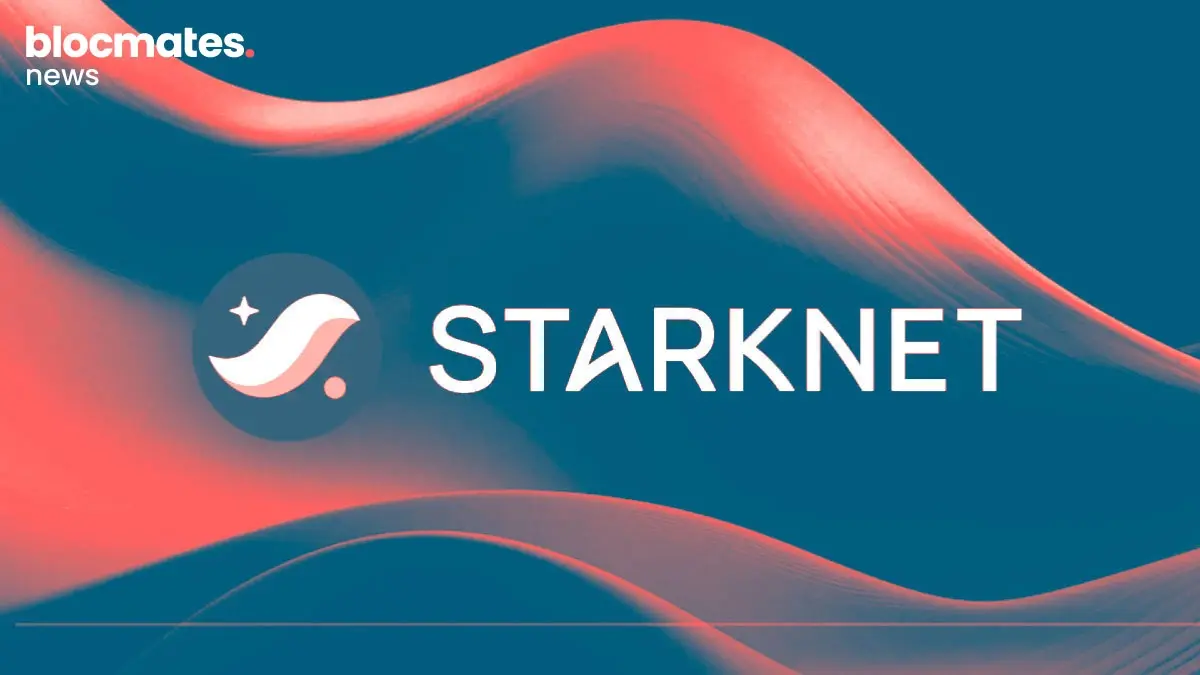If you’ve been active in the market lately, you’d know that airdrops are fading as ICOs make a comeback. Plus, there’s a current transition from VC-style funding to decentralized capital raises.
Initial coin offerings are not new, and some of the most popular coins in crypto, like Ether ($ETH) and Augur, for example, were distributed through ICOs.
However, we do agree that they’ve made a pretty strong comeback in 2025, following quite a lengthy lull where project raises were mostly done behind closed doors, through venture capital deals.
Why are ICOs making a comeback?
A positive argument for the renewed interest in ICO-style fundraising is that the number of crypto participants has more than tripled since the first ICO boom of 2014–2018, with a compound annual growth rate (CAGR) of 4.46%. Moreover, the average participant is now significantly more seasoned.

This, combined with an increase in stablecoin supply, naturally expands the capital available and pool of individuals willing to buy discounted tokens ahead of a token generation event (TGE).
Despite how alluring this narrative is, the increase in market participants is NOT the primary driver behind the return of ICO-like mechanics.
To identify the reason for the resurgence, we must look at the shortfalls of capital formations up to this point.
A closer look at the 2022–2024 cycle shows that many projects raised capital at low fully diluted valuations (FDVs) from venture funds, only for tokens to debut publicly at dramatically higher FDVs by tweaking the initial float low.
Some examples (2022-2024):

As seen in the table above, insiders captured most of the upside, while retail investors were left with limited room for gains.
In plain English, altcoins became profitable mainly for insiders, whereas retail users either bought inflated tokens or received airdrops that they rarely held, largely because these distributions are often viewed as “free money,” encouraging immediate sell-pressure.
This dynamic led to widespread fatigue among retail participants, who grew disillusioned with traditional altcoin investing due to consistently poor risk-reward profiles.
Retail capital subsequently migrated toward memecoins - assets with low initial friction, high volatility, and no VC overhang, fueling the memecoin boom and the rapid rise of memecoin launchpads.
Consequently, this created a growing misalignment between retail participants, project teams, and venture capital, each group operating with increasingly divergent incentives.
Retail wants fairer entry points, projects want sustainable communities rather than short-term speculation, and VCs often optimize for asymmetric early-stage gains.
The resulting tension has left the market hungry for a fundamentally different model, one that can also recalibrate incentive culture across the ecosystem.
That shift appears to be manifesting in the resurgence of ICO-style fundraising.
The appeal is not merely that ICOs offer an alternative method of capital formation; they also present a cleaner incentive structure, one where retail participation can occur on more equitable terms.
Reasons why ICOs might replace airdrops
Considering the foregoing, it is evident that we might see a more “skin-in-the-game” approach to incentive culture, with ICO discounts replacing conventional “task-to-reward” airdrops.
The signs are already showing with MegaETH and Monad both hosting a public sale from previous VC supply. While these moves might not be the purest indication of ICO-based distribution, the choice to give out tokens at VC round valuations is a step in the right direction.
ICOs are often viewed as a more natural, skin-in-the-game method of token distribution. Participants commit their own capital at the base valuation, either in a single round or through a cascading structure with multiple pricing tiers.
In theory, this creates a stronger psychological and economic alignment between users and the project.
Because participants are directly purchasing tokens rather than receiving them for free, they are generally more inclined to hold, which could help counter the steadily declining onchain asset hold times seen in recent cycles.
Moreover, ICOs have the potential to restore upside in the altcoin market. Public raises are typically more transparent, offer a clearer picture of circulating supply and valuation, and often launch at more reasonable FDVs compared to private-round–dominated token models.
This structure increases the likelihood that early retail participants can capture meaningful upside instead of competing with large, heavily discounted insider allocations.
When contrasted with many airdrop programs, which, due to poor incentive design, have contributed to a pervasive “dump on receipt” culture, ICOs present a more rational and sustainable alternative for both distribution and early-stage community building.
What the rise of early-stage funding platforms is saying about ICOs
Last month, in what is arguably one of the largest acquisitions in crypto, Coinbase purchased Echo, an onchain capital raising platform for $375 million. This acquisition will include Echo’s Sonar, a product that allows anyone to host a public token sale.
Alongside this purchase, Coinbase also unveiled a native in-app launchpad with its first client being Monad.
Beyond Echo and Coinbase, we’re beginning to see a trend in early-stage funding platforms with projects like Kaito debuting a launchpad, and ownership coin platform MetaDAO redefining what it means to host an ICO.
MetaDAO is especially interesting as the platform is a clear indication of market exhaustion on insider-ridden, high FDV launches. Their goal is to help projects launch early with high-float ICOs so that they can grow over time.
What is particularly exciting is that there has been recorded success of tokens launched in this manner, with $AVICI - the token of Avici, a crypto neobank trading significantly higher (~$6.39 at the time of writing) than ICO price ($0.2).

Other launches on the platform have not done bad either, Umbra, a privacy product built on Solana powered by Arcium, also pulled over 4x from launch price, going against market trend.
These, we believe, are indicators that the market is fully ready for ICOs, albeit not just any ICO, but carefully planned and executed raises that create a proper alignment between the team, community, and general market.
How to position yourself
To be fair, we noted earlier that the renewed appetite for ICOs reflects a broader rethinking of incentive culture, one aimed at creating fairer opportunities for retail participants.
Equitably, this involves aligning the interests of projects and retail investors to foster more resilient communities composed of both engaged users and committed token holders. In practice, this suggests that the era of “free tokens” may be drawing to a close.
A closer look at some of the most successful airdrops in terms of ecosystem-wide impact - for example, HYPE, illustrates how distribution design can be optimized.
In Hyperliquid’s case, actual users (rather than opportunistic farmers) participated by paying fees and assuming real risks, in exchange for rewards that genuinely aligned their interests with the product’s success.
This approach demonstrates that when incentives are carefully structured, retail engagement can be both meaningful and sustainable, rather than fleeting or purely speculative.
We tend to believe that this will trickle into how ICOs are conducted, with discounts given to users with more sophisticated onchain behaviour and credibility over time, replacing conventional airdrop-style distribution.
Here’s an interesting piece of data from 2024 that shows the difference in behaviour between light users and power users when airdropped tokens - more than 80% of light users were more likely to sell their airdrops within 7 days, compared to only 55% of power users.
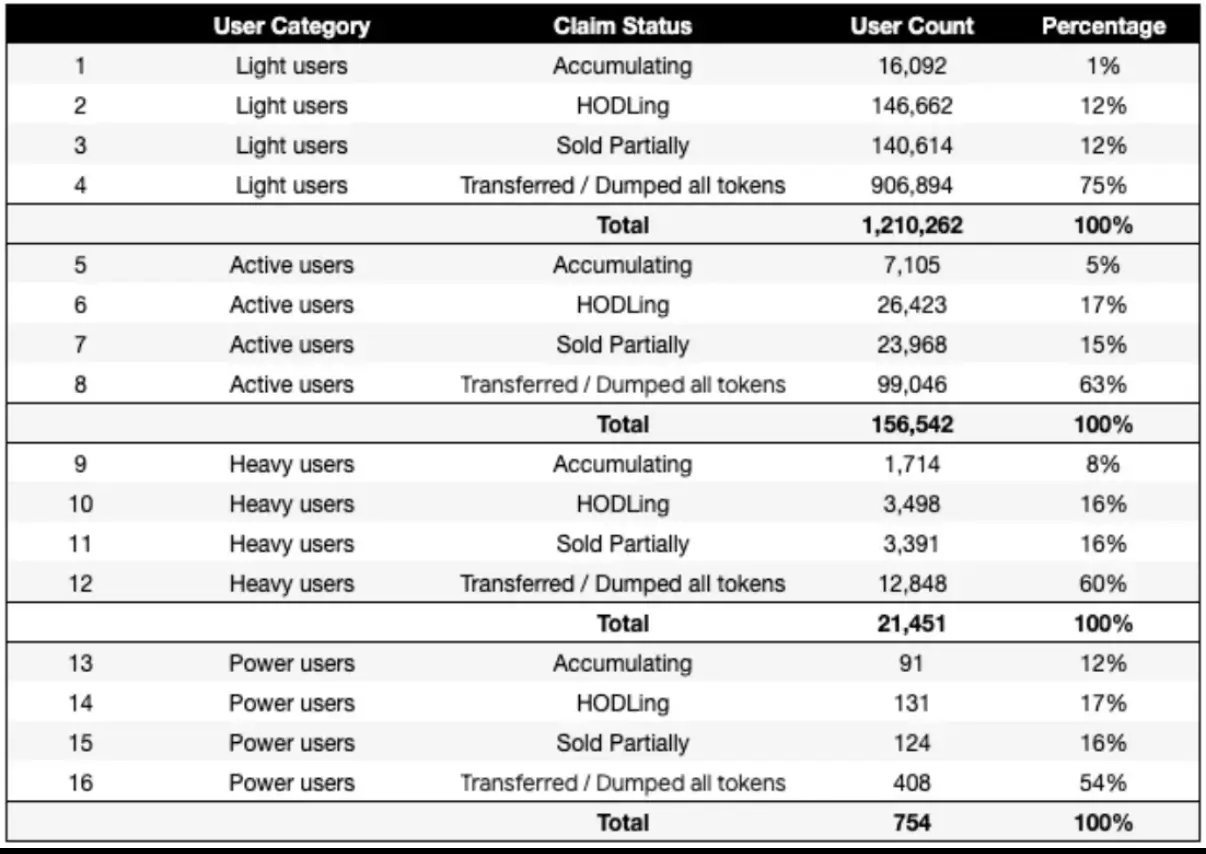
To thrive in this envisioned future, participants will need to adopt a long-term mindset and align their actions accordingly.
This means cultivating loyalty to specific wallet addresses to build credibility and demonstrating consistent, aligned onchain behavior.
Such behavior could include experimenting with protocols, deploying liquidity across pools, contributing to public goods like Gitcoin, and creating meaningful onchain activity that reflects genuine engagement.
Even if public opinion around projects like Kaito remains mixed, we anticipate they will play a significant role in shaping this next phase.
For instance, metrics such as a “yap” threshold combined with verified onchain behavior could become key criteria for ICO participation or eligibility for discounted token allocations, rewarding participants who demonstrate sustained commitment and aligned incentives.
In a scenario where the above becomes a norm, a way to expand your profit is to rely on products like INFINIT or Giza to deploy capital across ecosystems.
While this approach may be less effective in cases where wallet age and historical behavior are weighted, it could still be highly advantageous if onchain activity alone determines eligibility for ICO participation or discounted allocations.
Potential issues and challenges
A number of challenges exist when it comes to the potential for ICOs to become the de facto method for fundraising and reward distribution in the crypto industry.
One key challenge is that, like VC-led raises, poorly designed ICO tokenomics can lead to failure.
If a project prices tokens too high, particularly relative to prevailing market valuations, which are often influenced by low float and high FDV manipulation, the tokens may still struggle to gain traction in the public market.
Moreso, regulatory and legal considerations also pose significant hurdles. Despite crypto enjoying increasing regulatory clarity in some jurisdictions, ICOs remain subject to grey areas in potentially high-capital regions.
These legal uncertainties can act as bottlenecks to success, and in some cases may even push projects struggling to garner sufficient attention back to VCs.
Another interesting challenge to ICOs is the ability for the market to become saturated. With multiple projects often raising capital simultaneously, participant attention becomes divided, and overall appetite for ICOs can diminish. This can lead to widespread “ICO fatigue,” suppressing wide participation and momentum.
Beyond these challenges, there are numerous other critical considerations for projects as the market potentially shifts toward ICOs, including incentive alignment, community engagement, and infrastructure risks, all of which must be addressed to ensure sustainable success.
Concluding thoughts
At the moment, the market’s voice is pretty clear; people want fairer launches and fewer VC scams. The state of the alt market reflects this with reducing spot positions and increasing perp revenue.
We believe this is a clear indication that retail has largely rejected long-term gains and opted for more speculative options.
The attention economics make things even grim when put into perspective, hurting the entire industry and impaling innovation.
The return to ICOs appears to be a step in the right direction. Instead of replacing airdrops as we know them, this trend is more likely to act as a forcing function, paving the way for a hybrid model where long-term alignment becomes the core of any project’s go-to market strategy.






.webp)
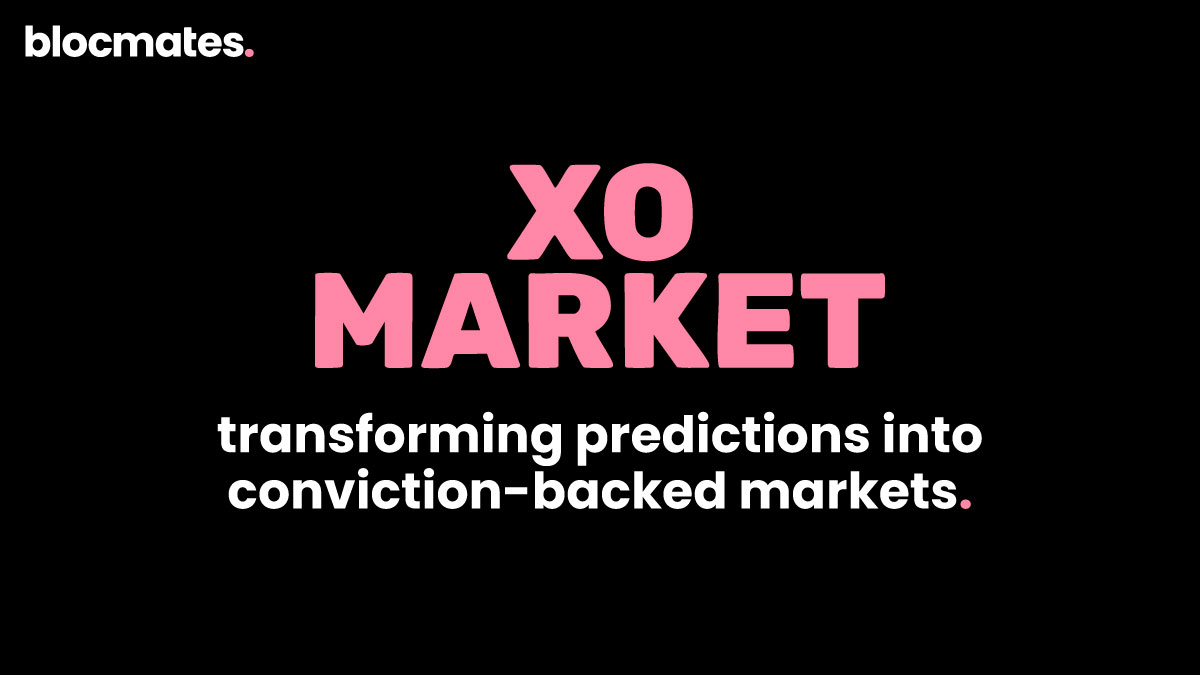



.webp)
.webp)

%20(1).webp)
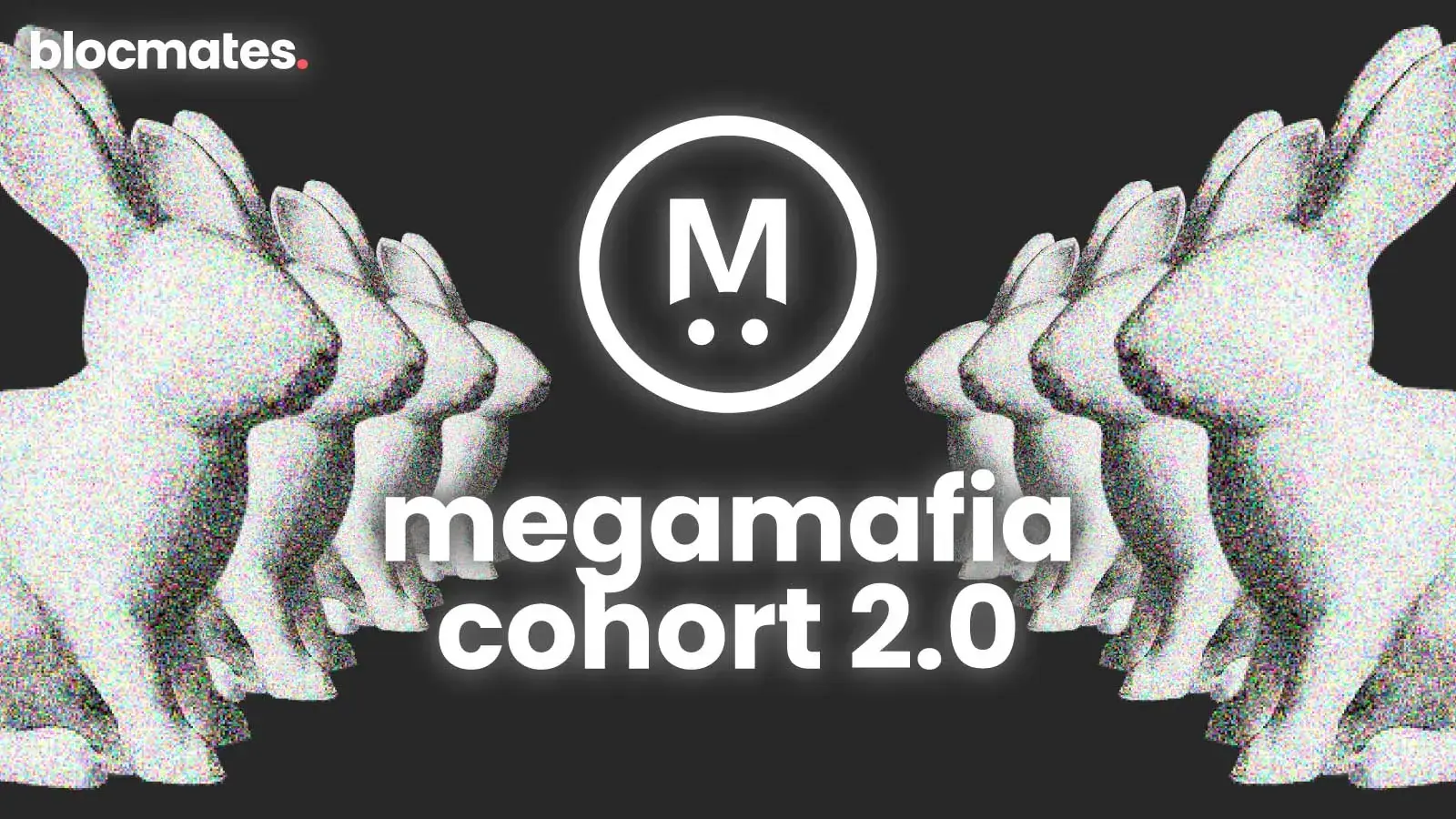
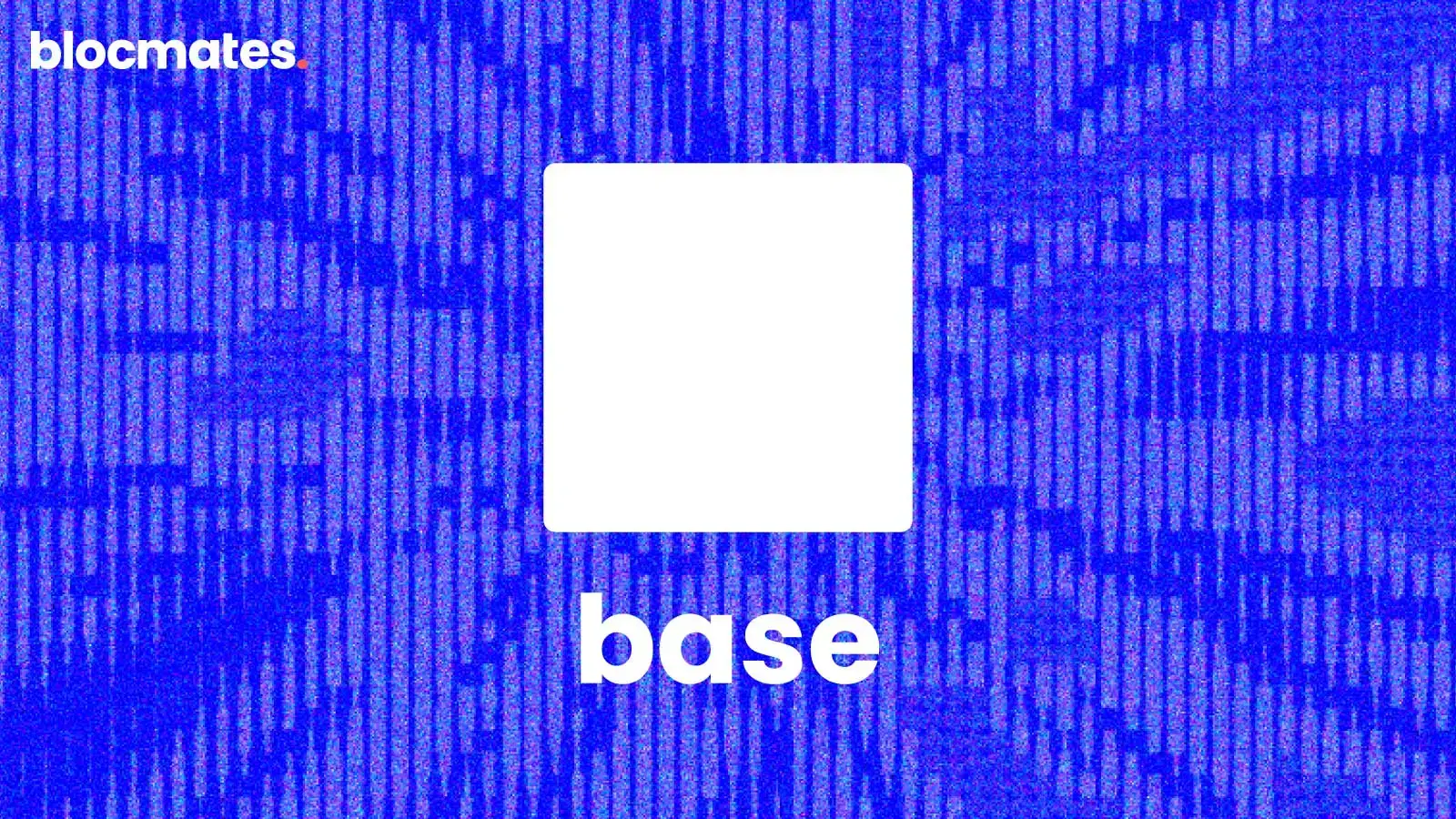
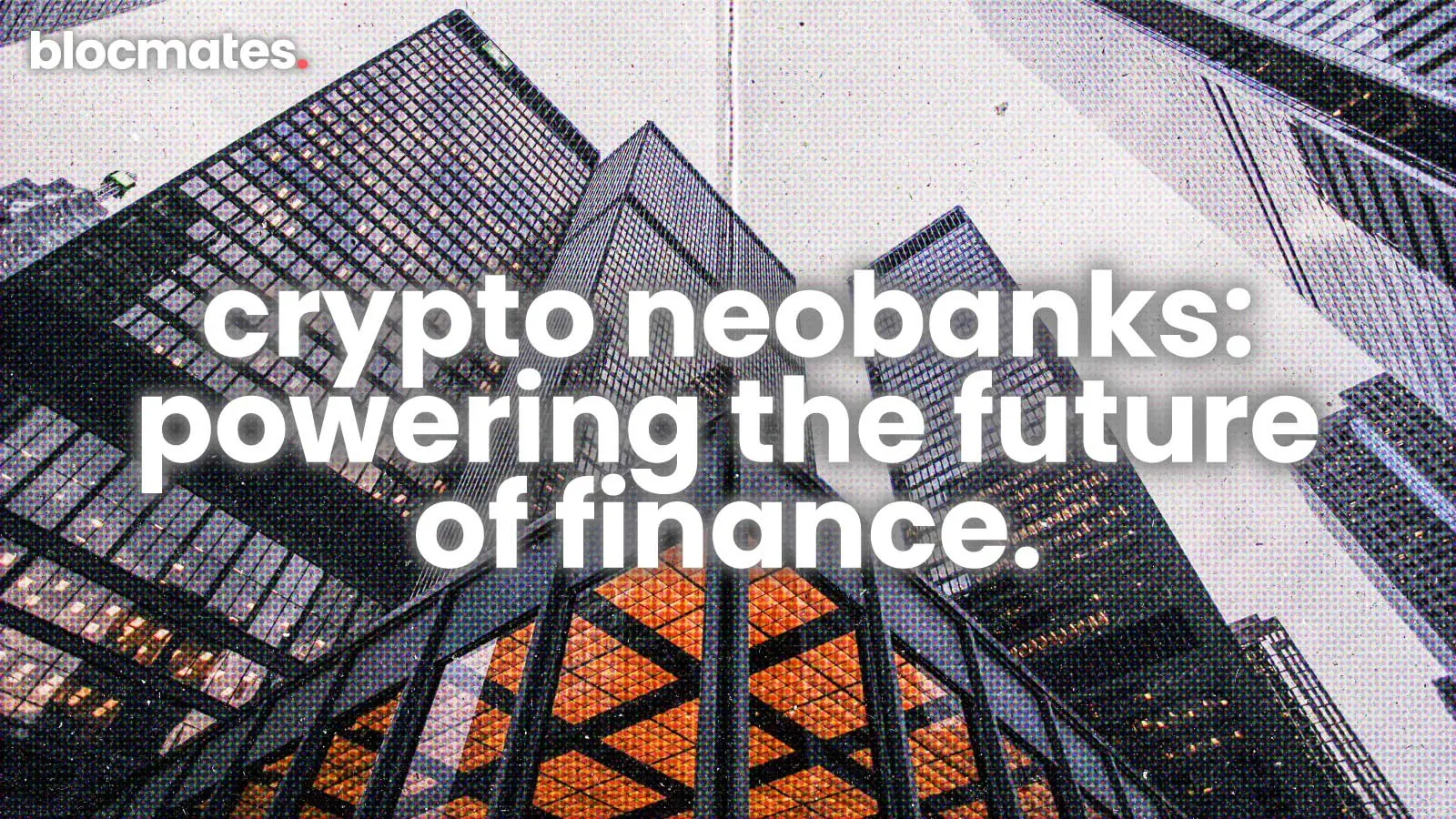


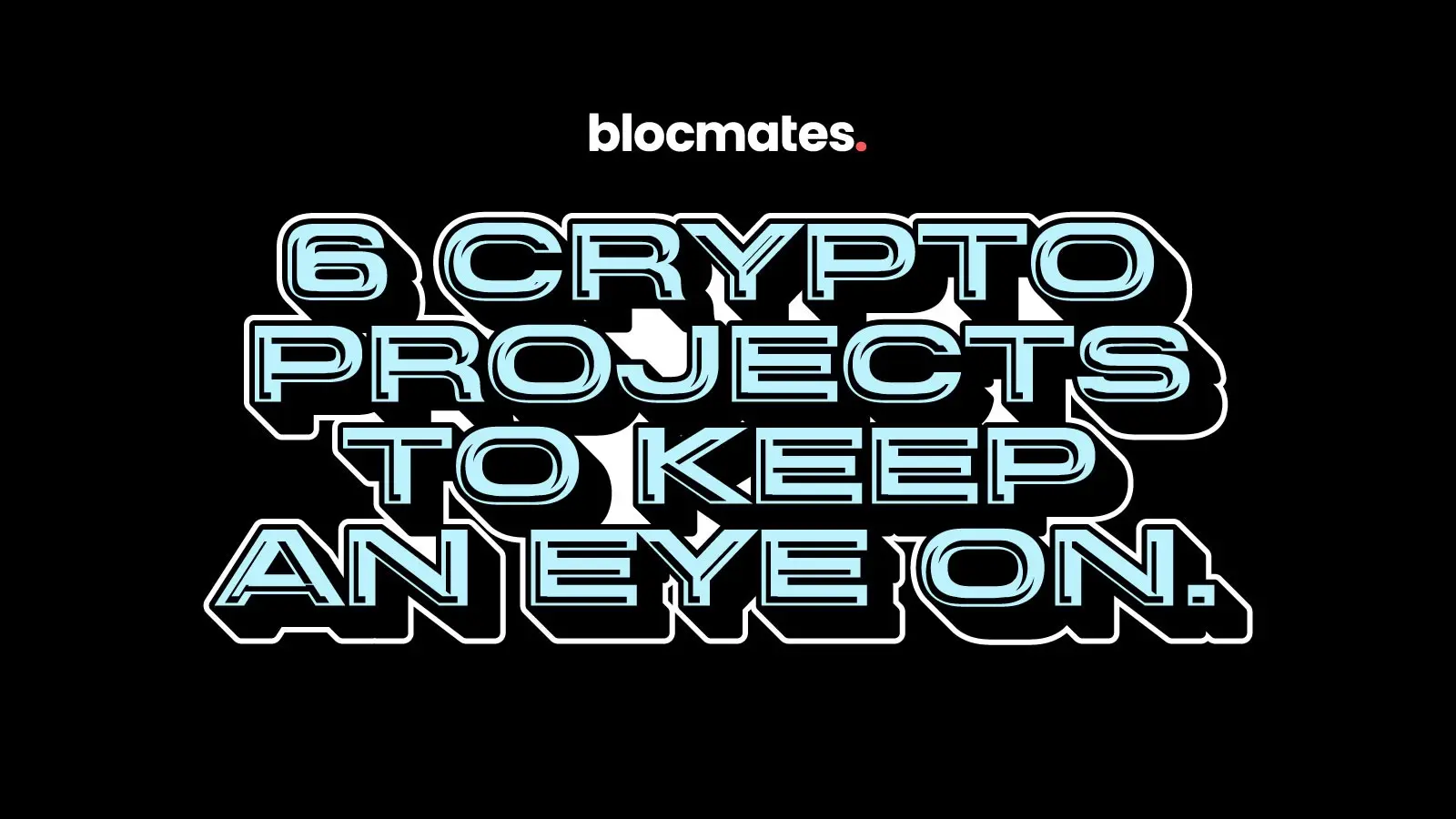
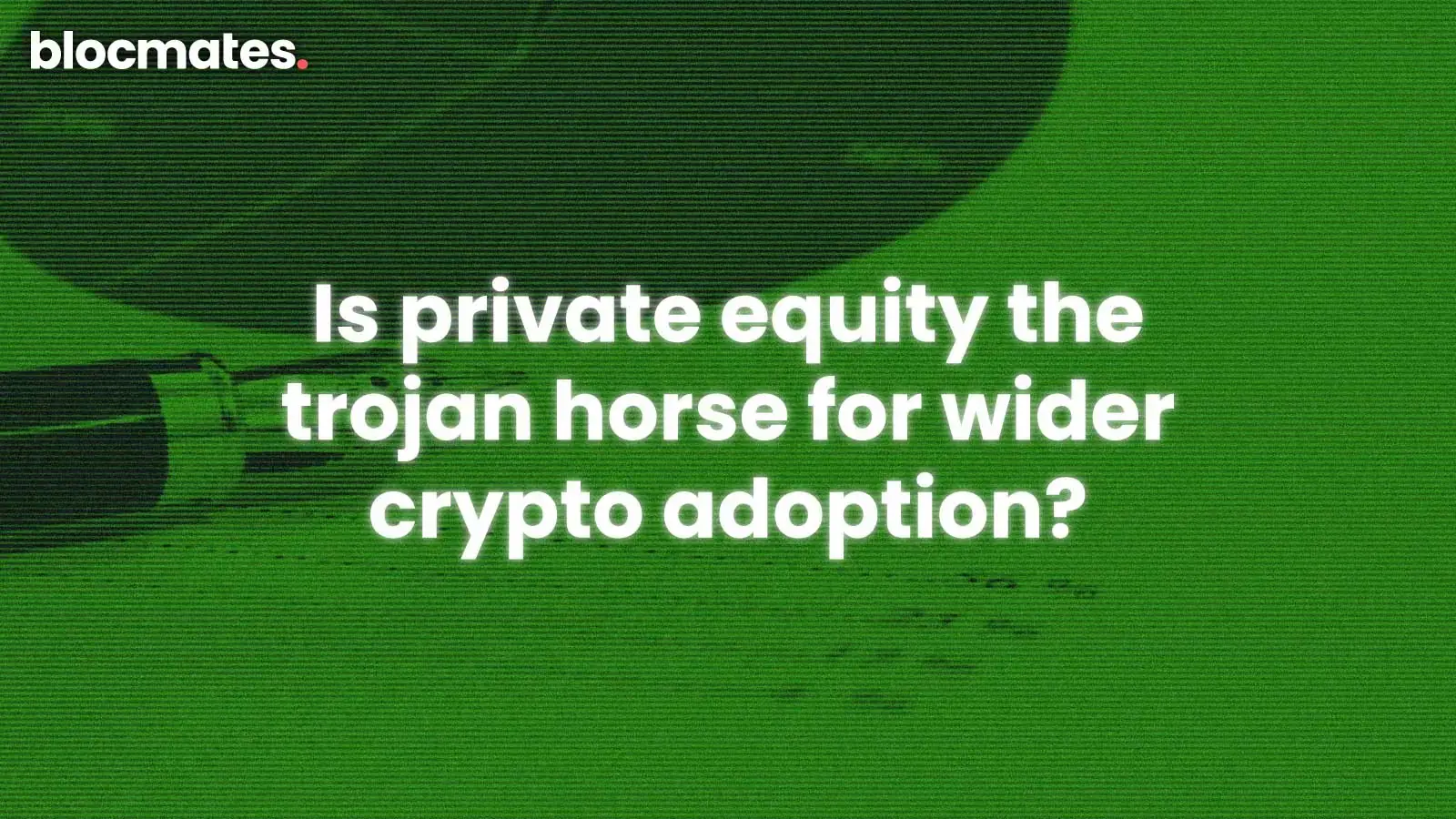


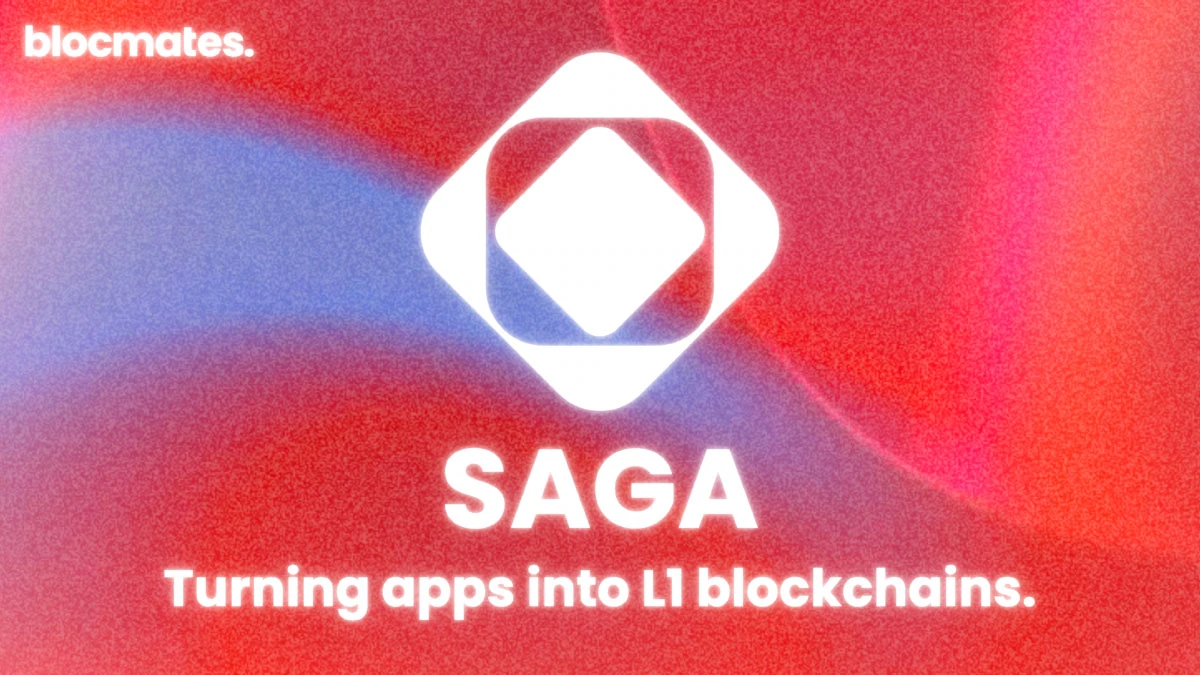



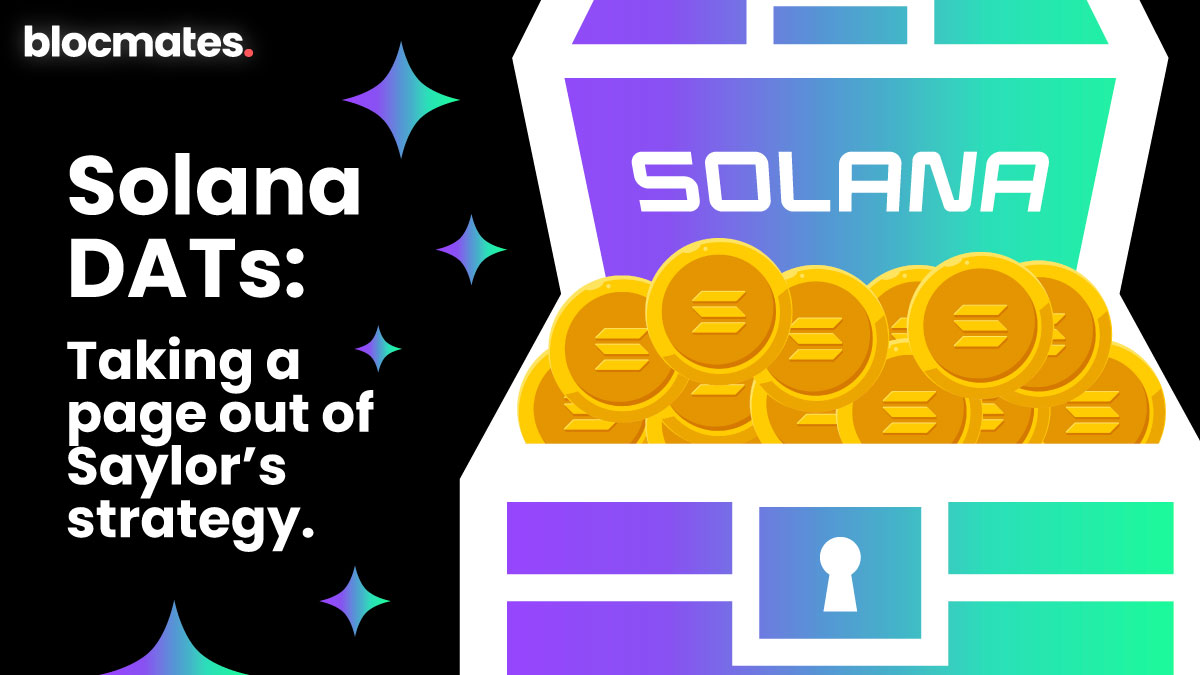

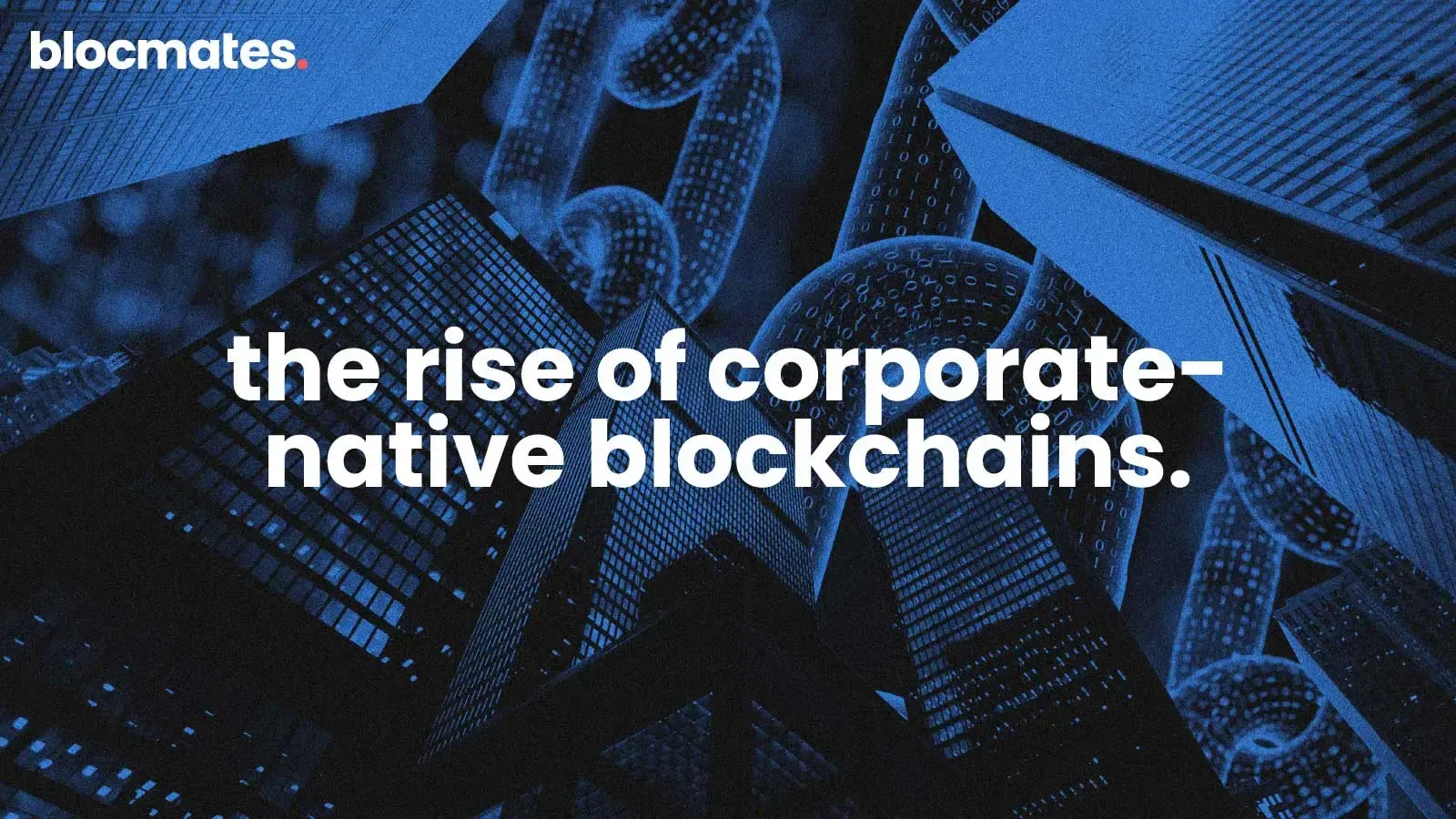
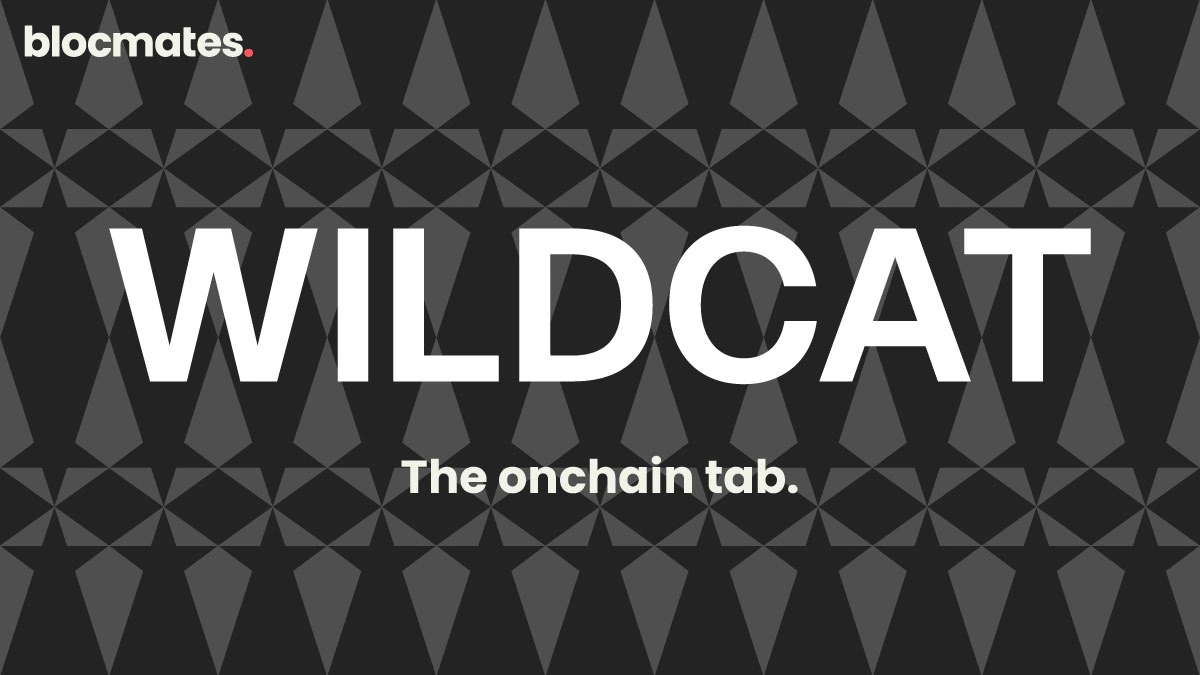


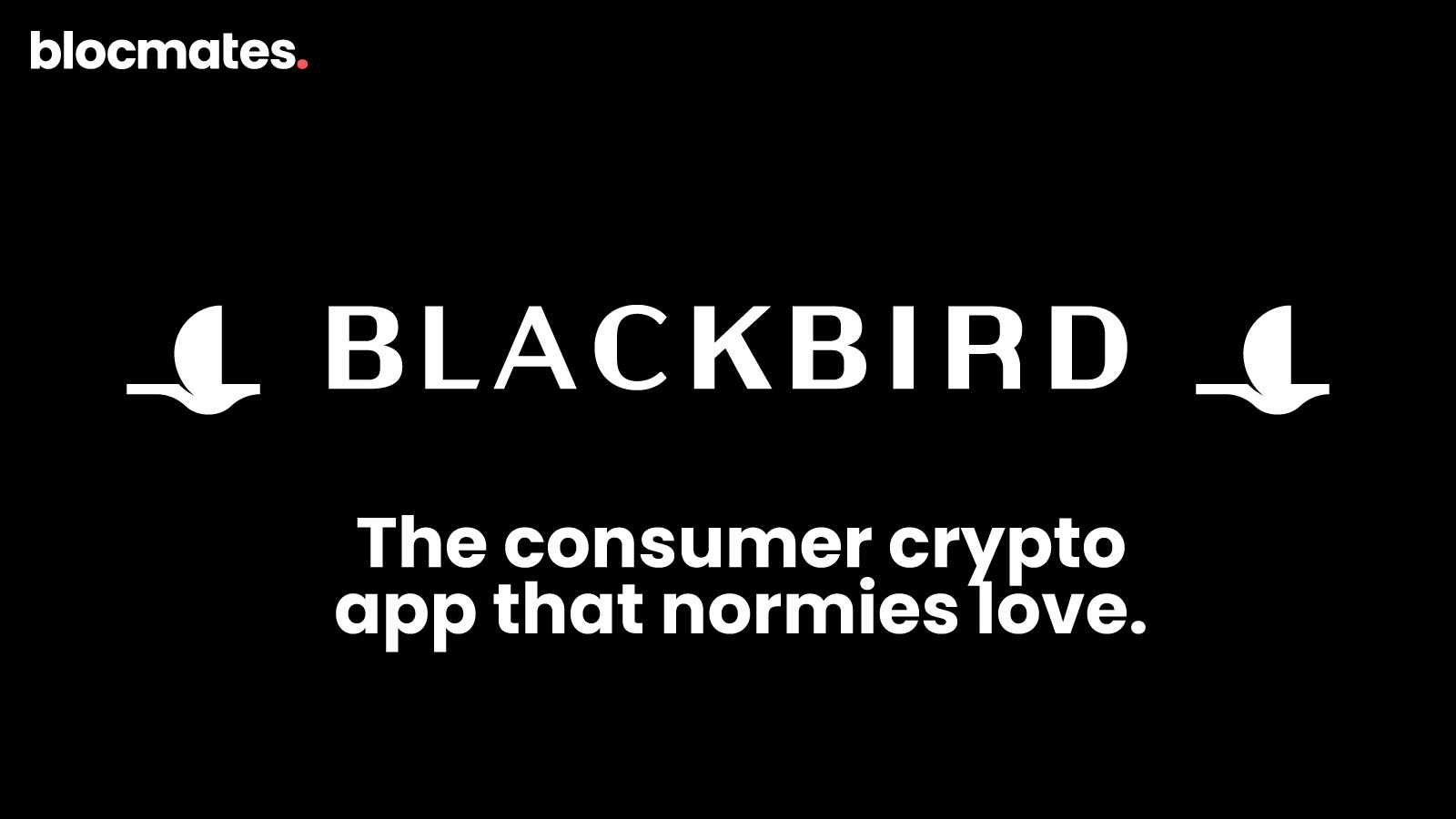
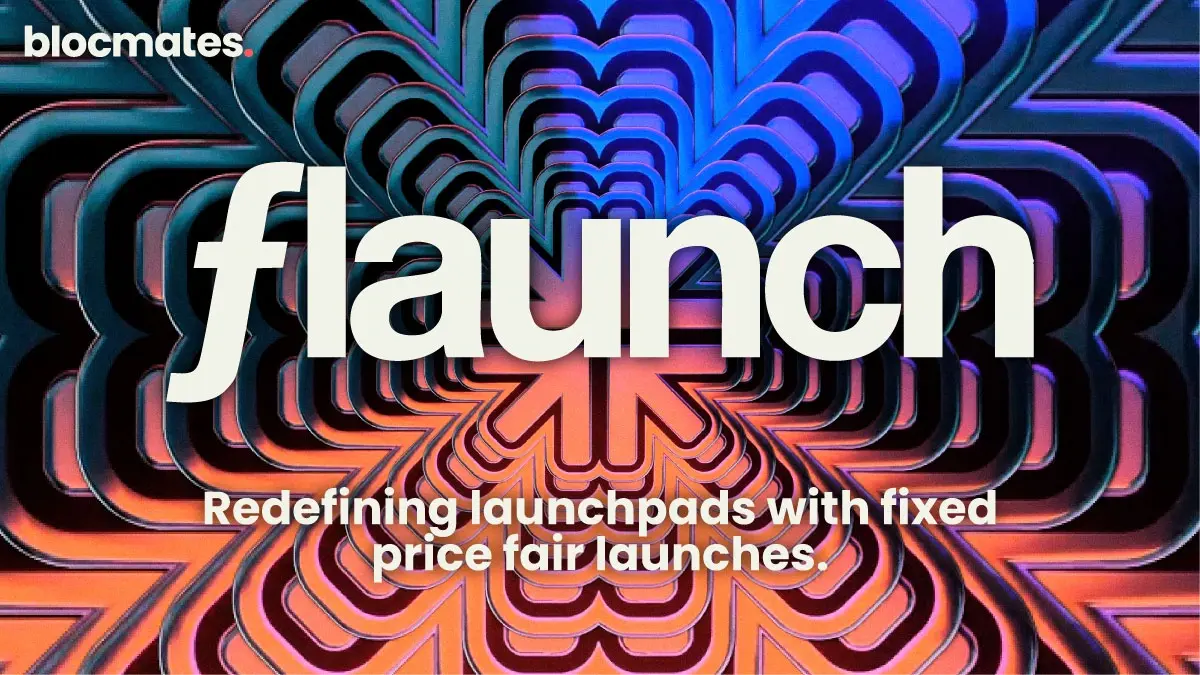




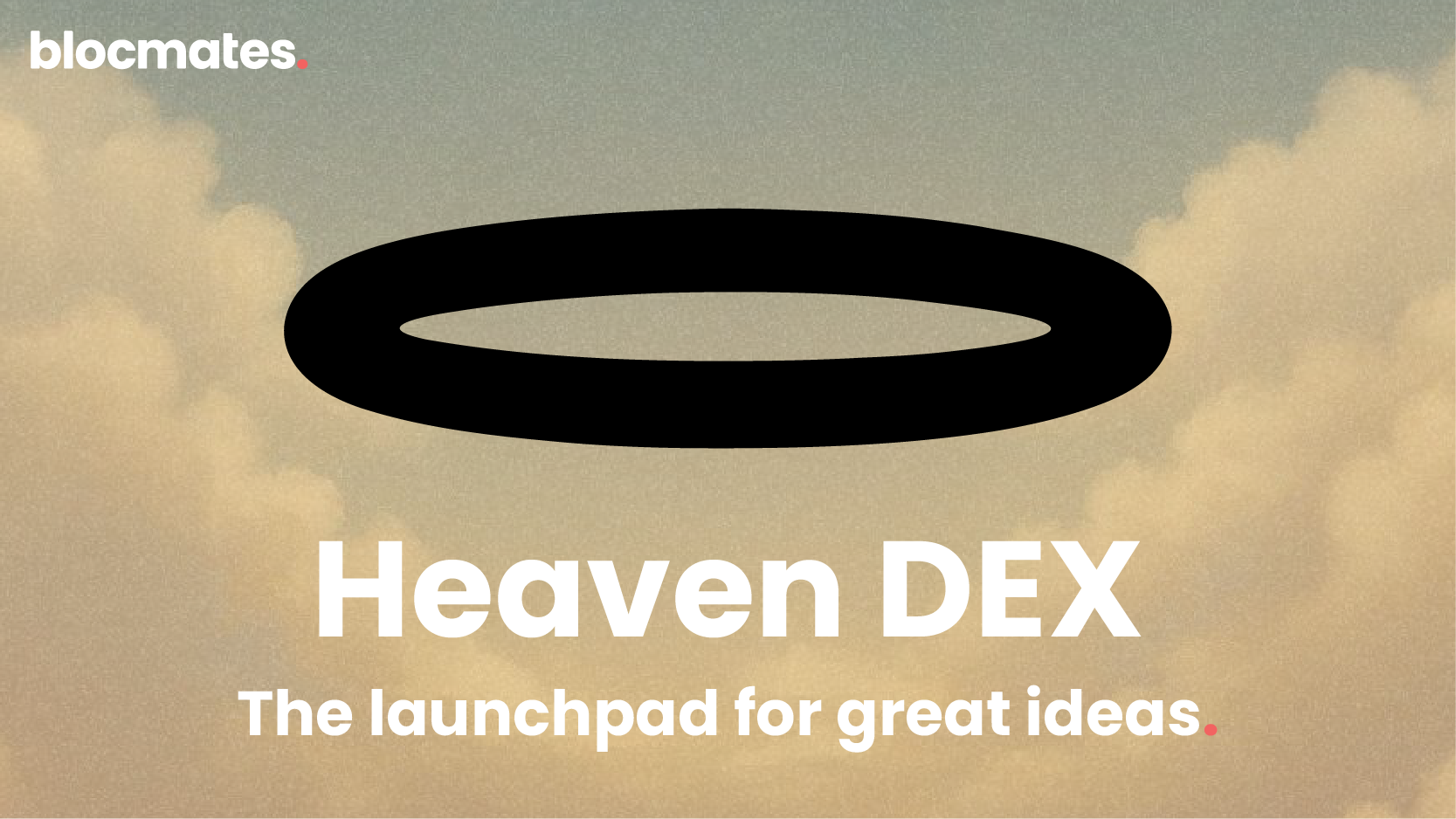
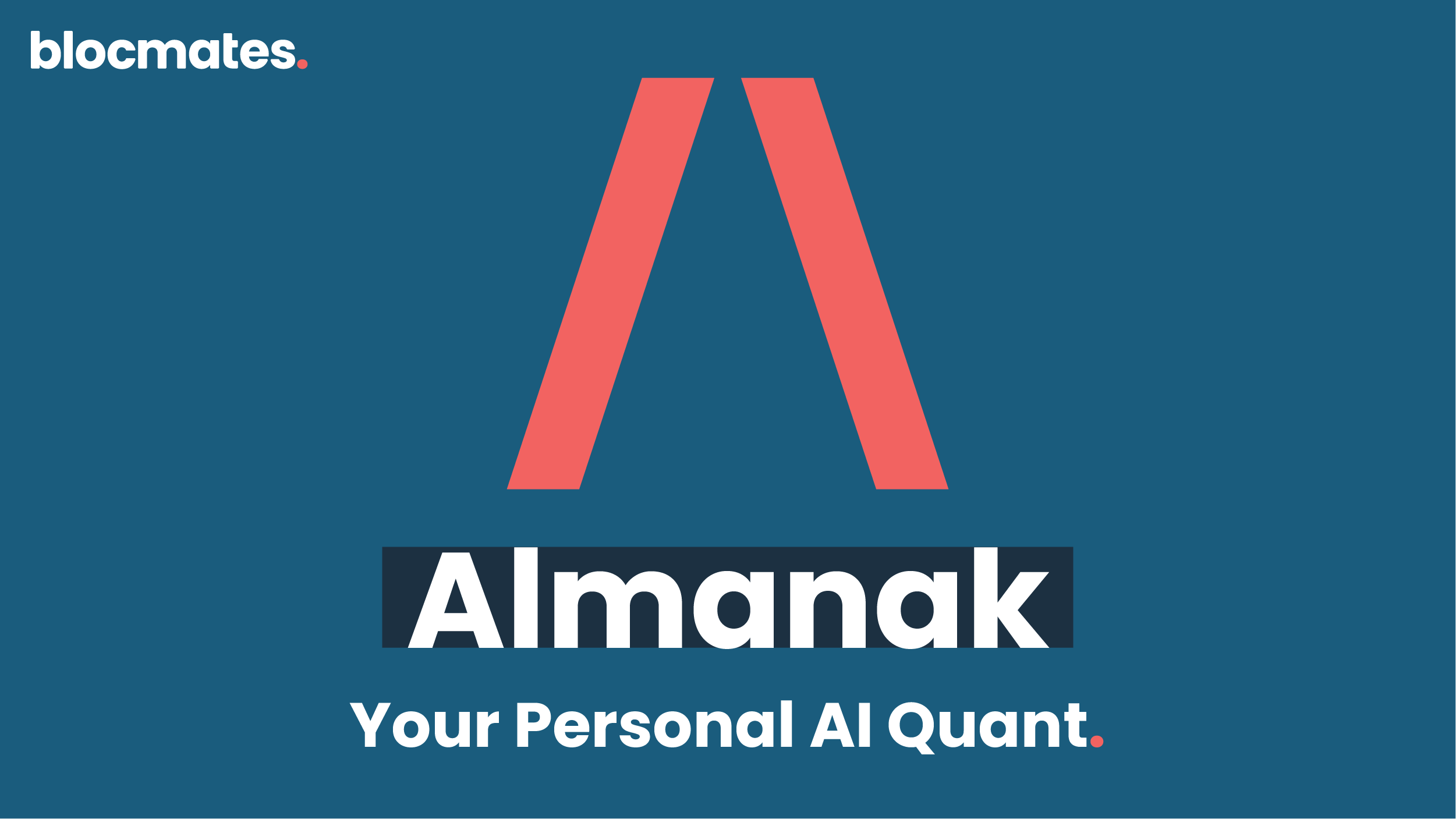
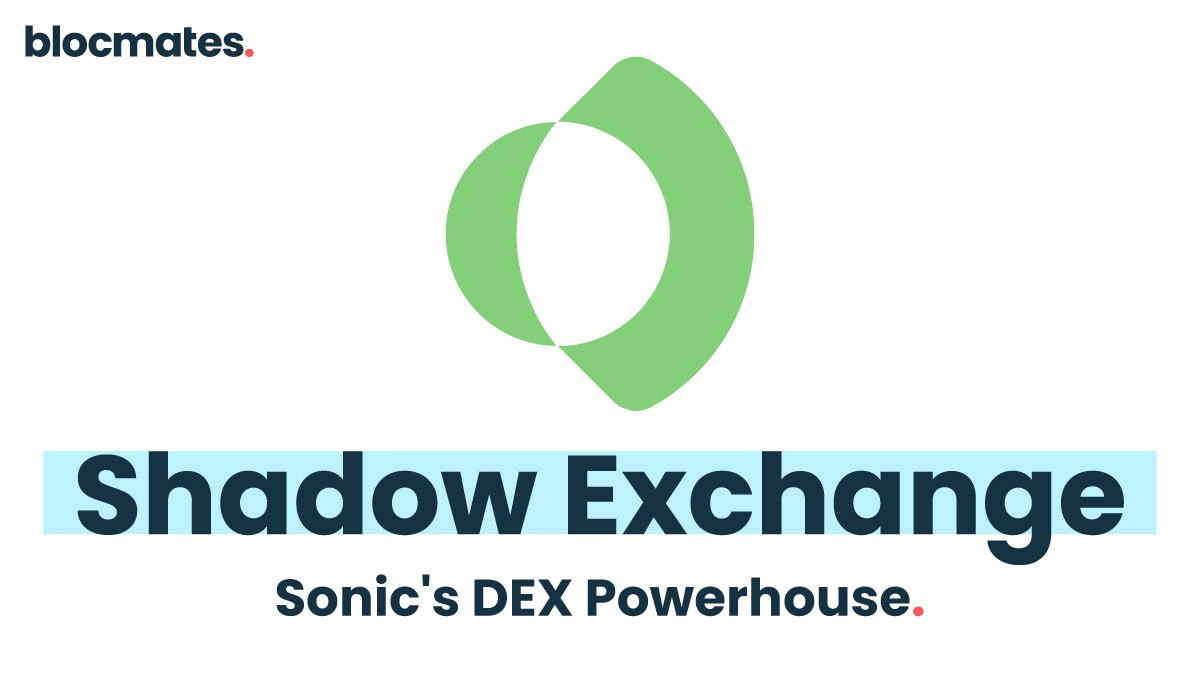
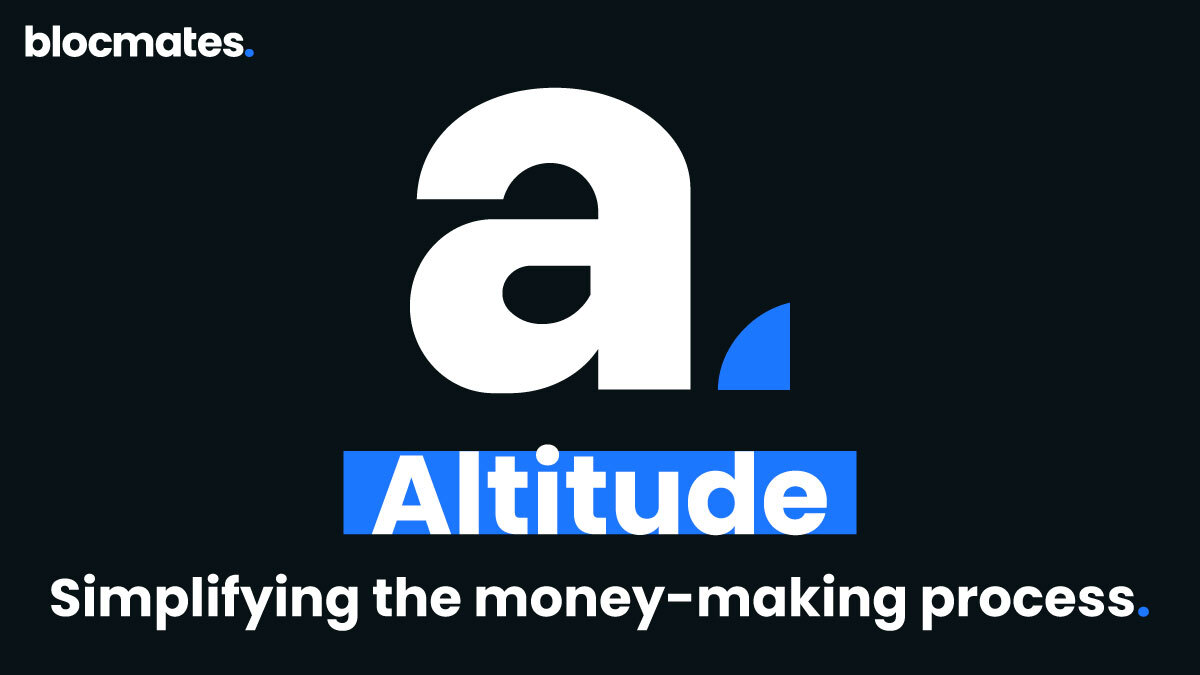
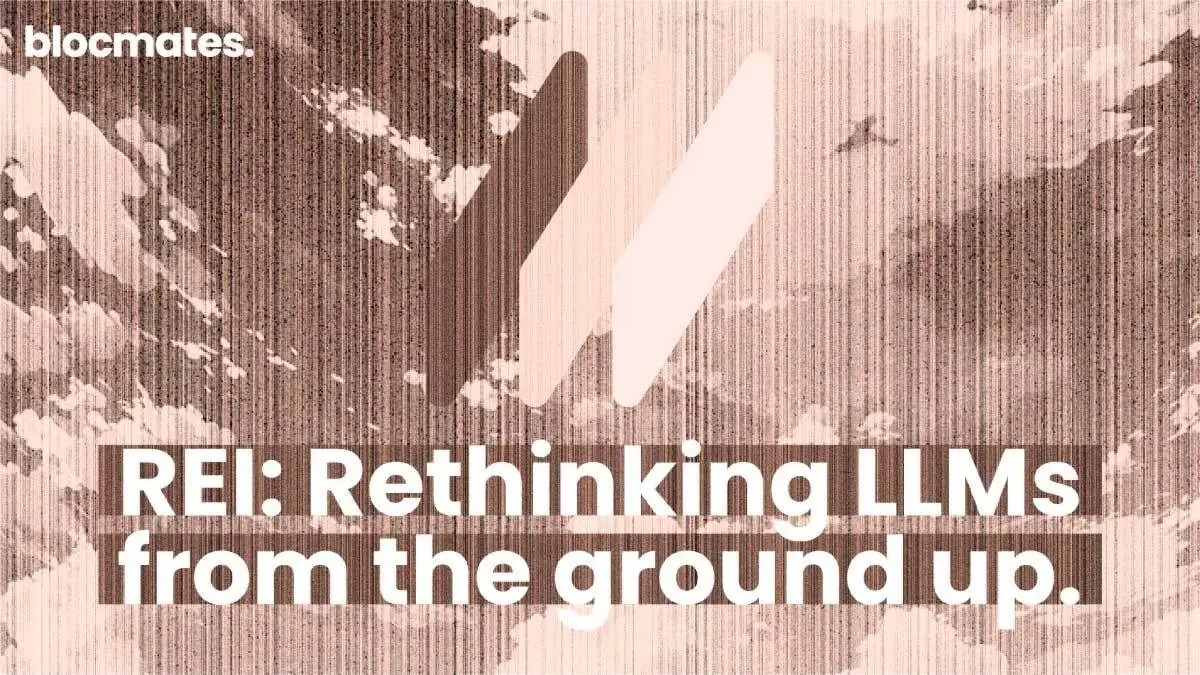
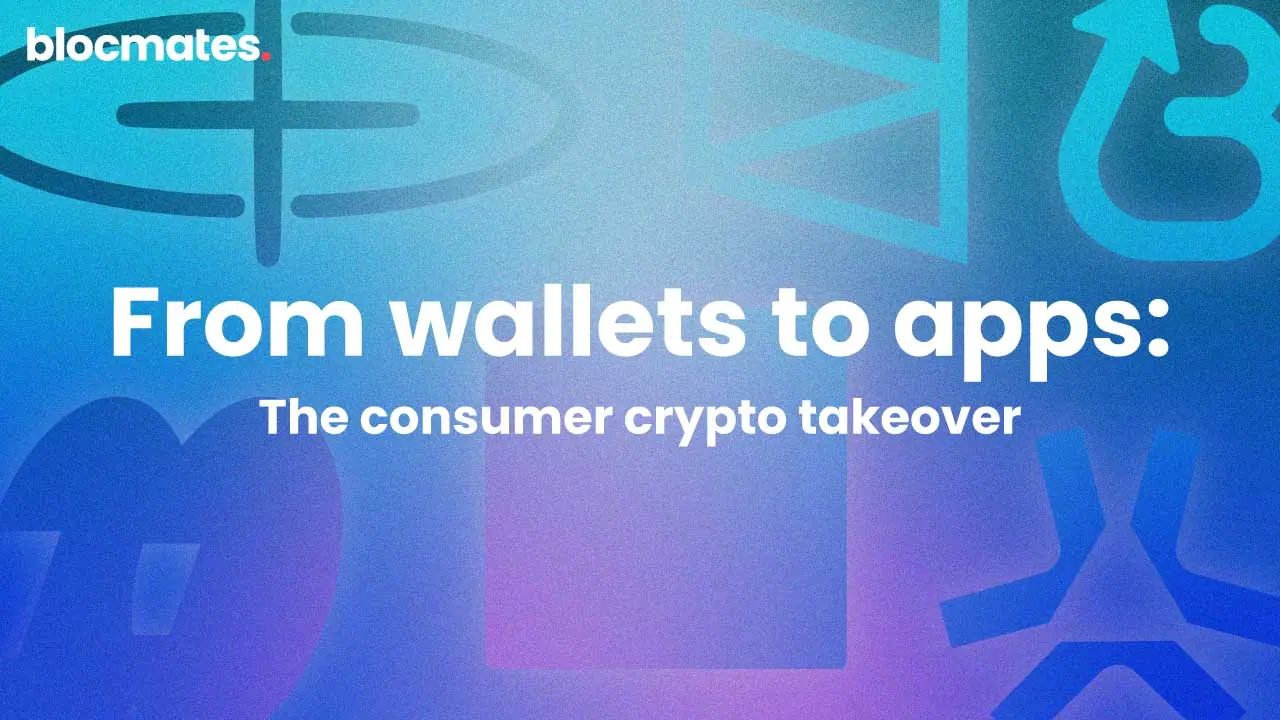
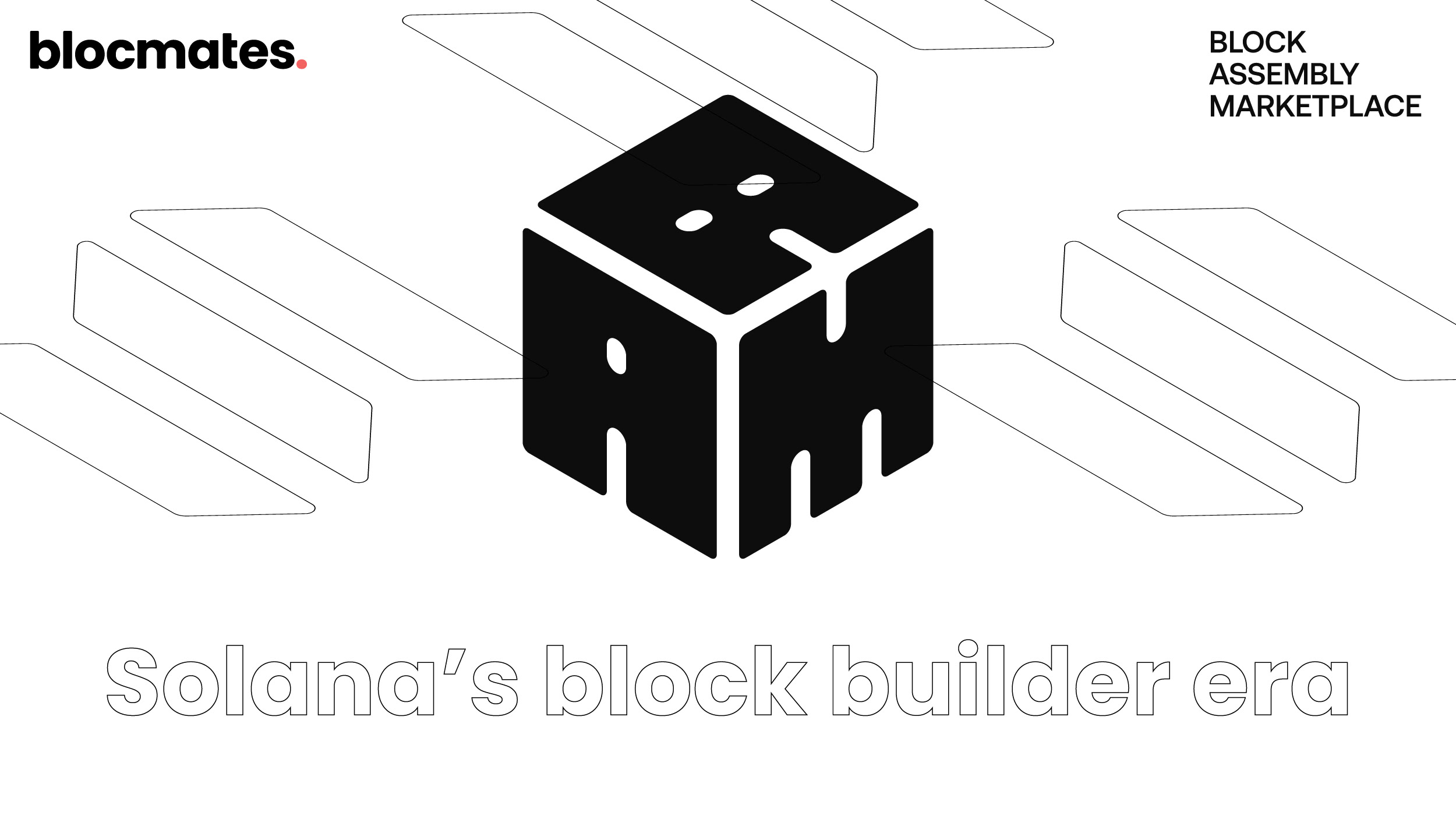


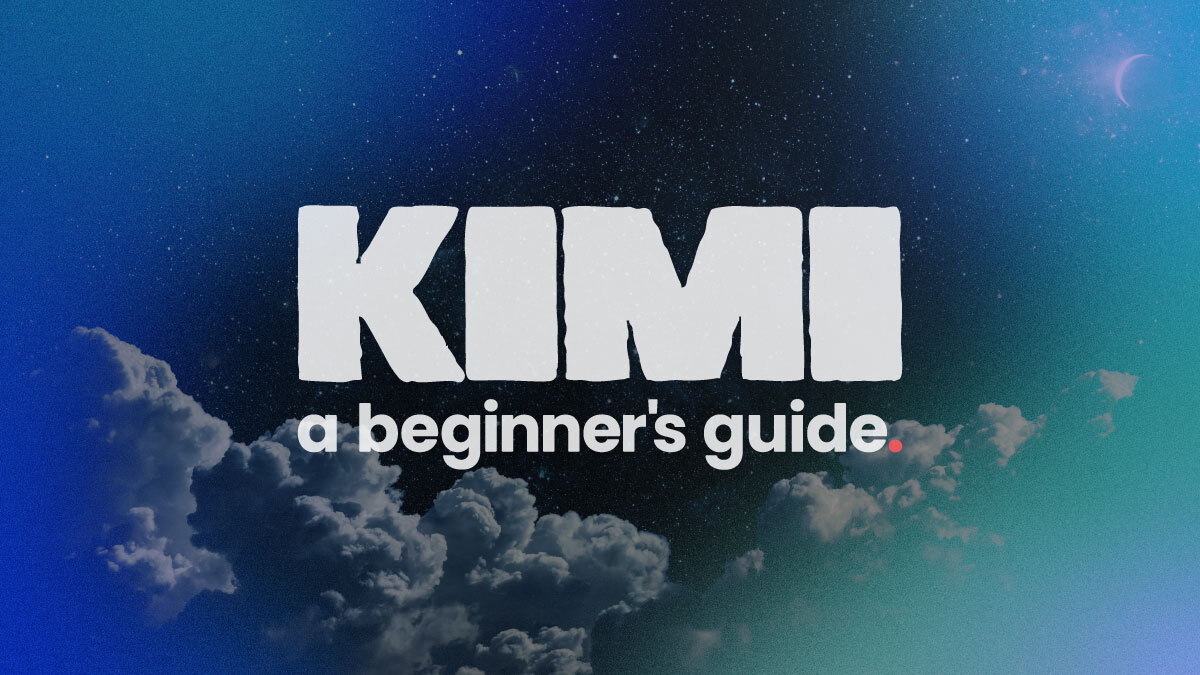
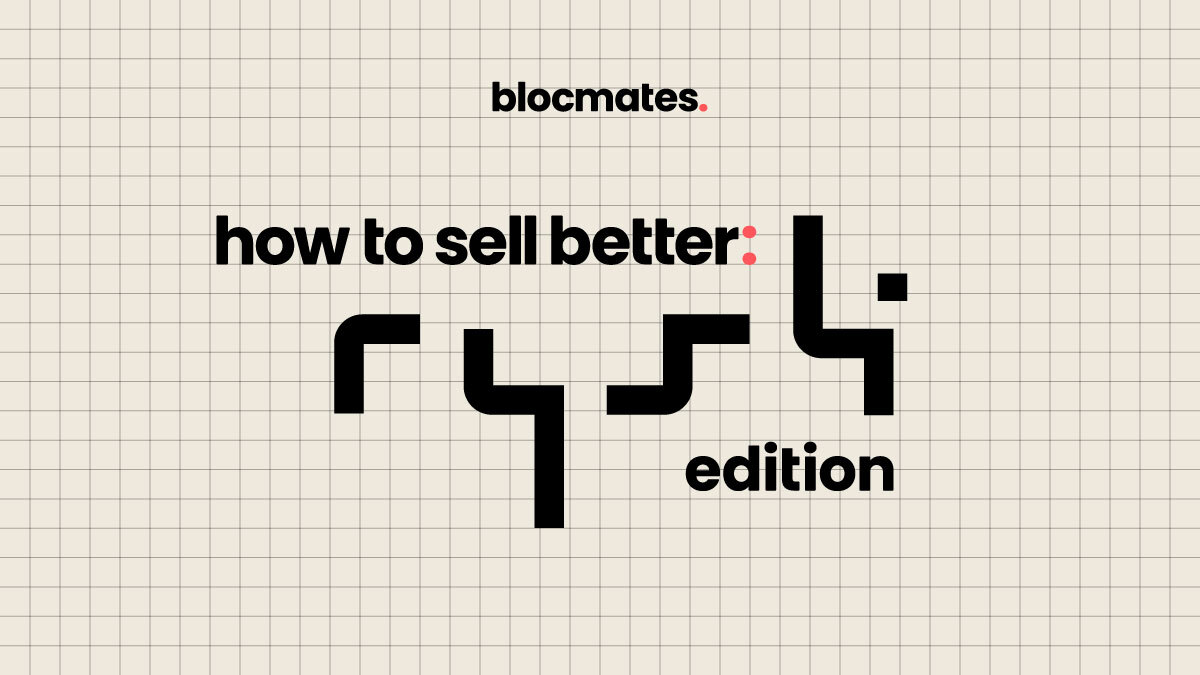


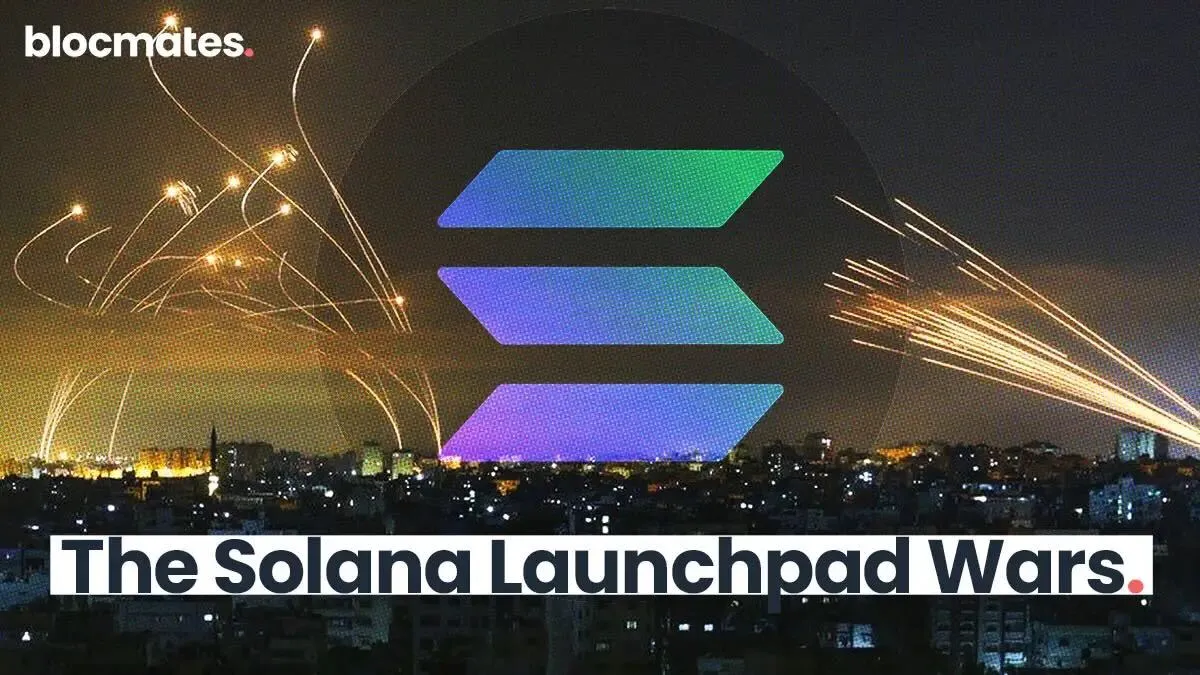




















%202.webp)


.webp)

.webp)
.webp)
.webp)


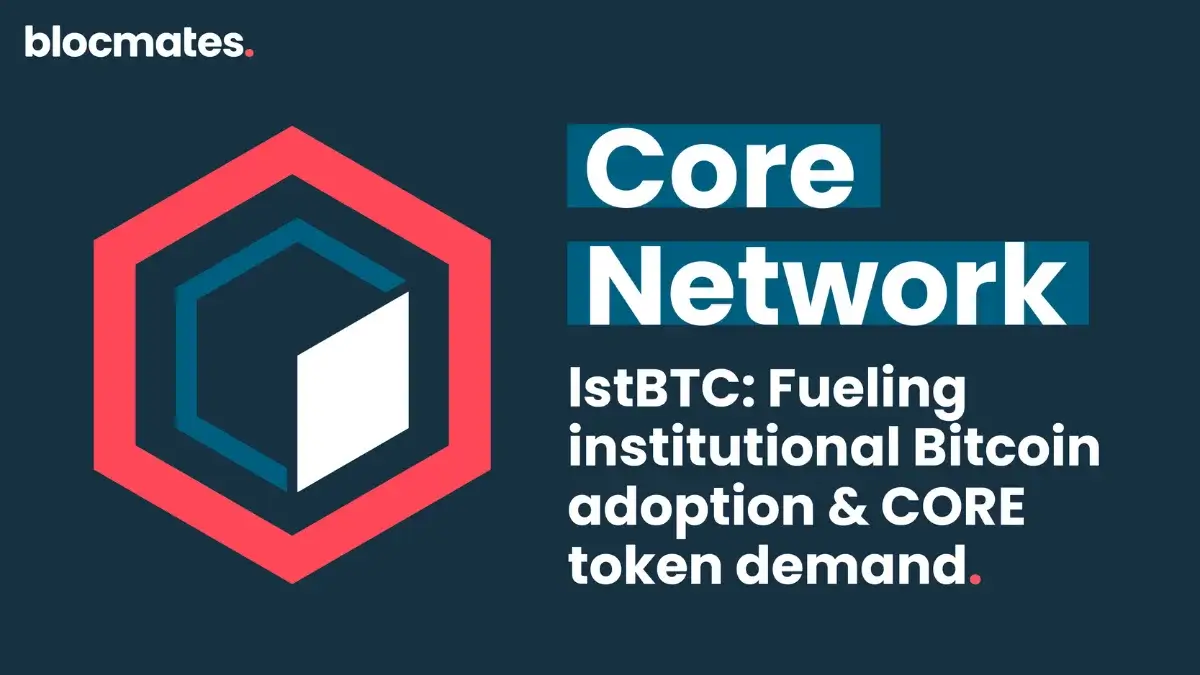
.webp)

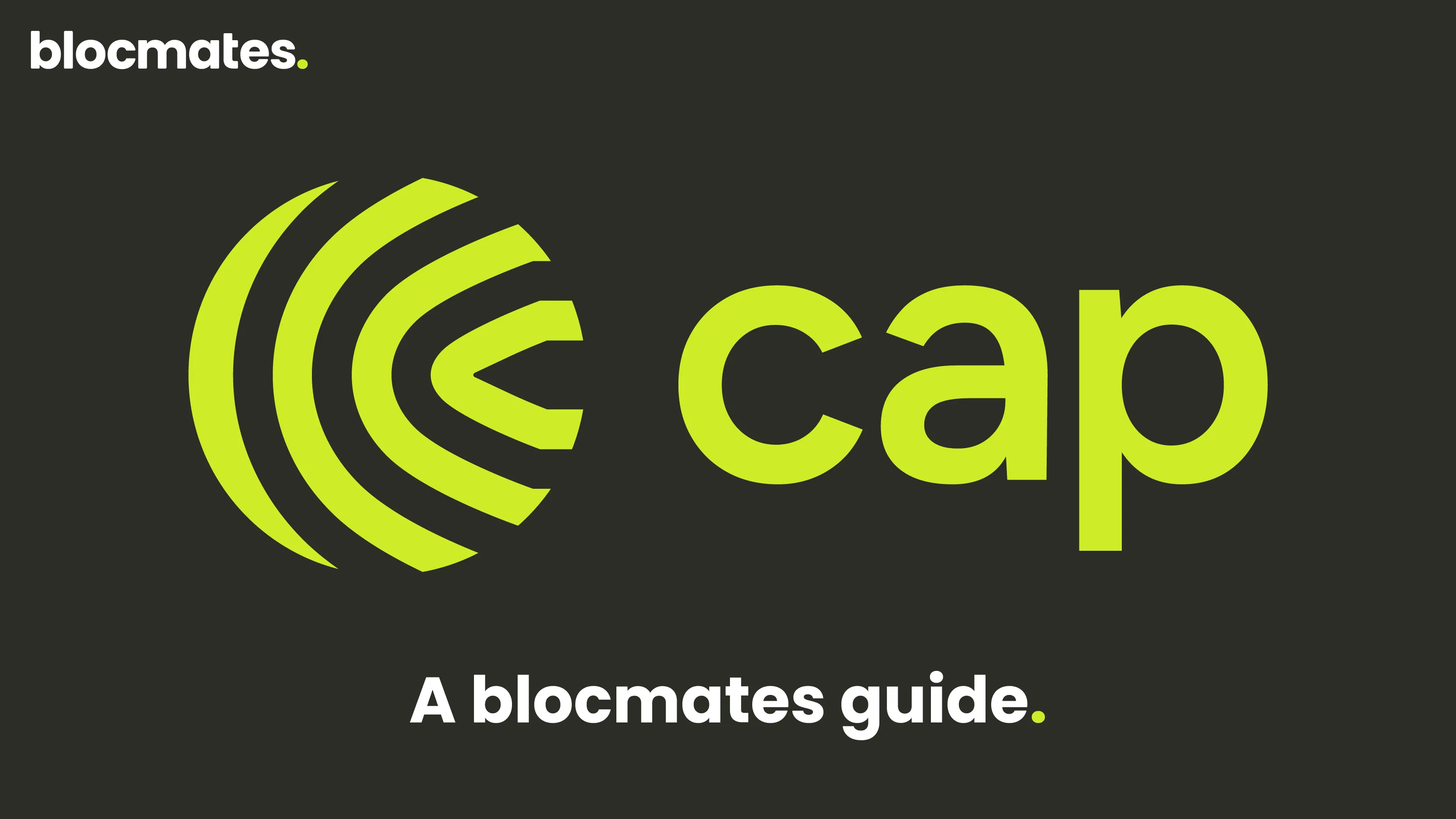










%20the%20Next%20Big%20Unlock%20in%20AI.webp)









.webp)
.webp)

.webp)
.webp)
.webp)


.webp)
.webp)










.webp)


.webp)









.webp)







.webp)




.webp)







.webp)



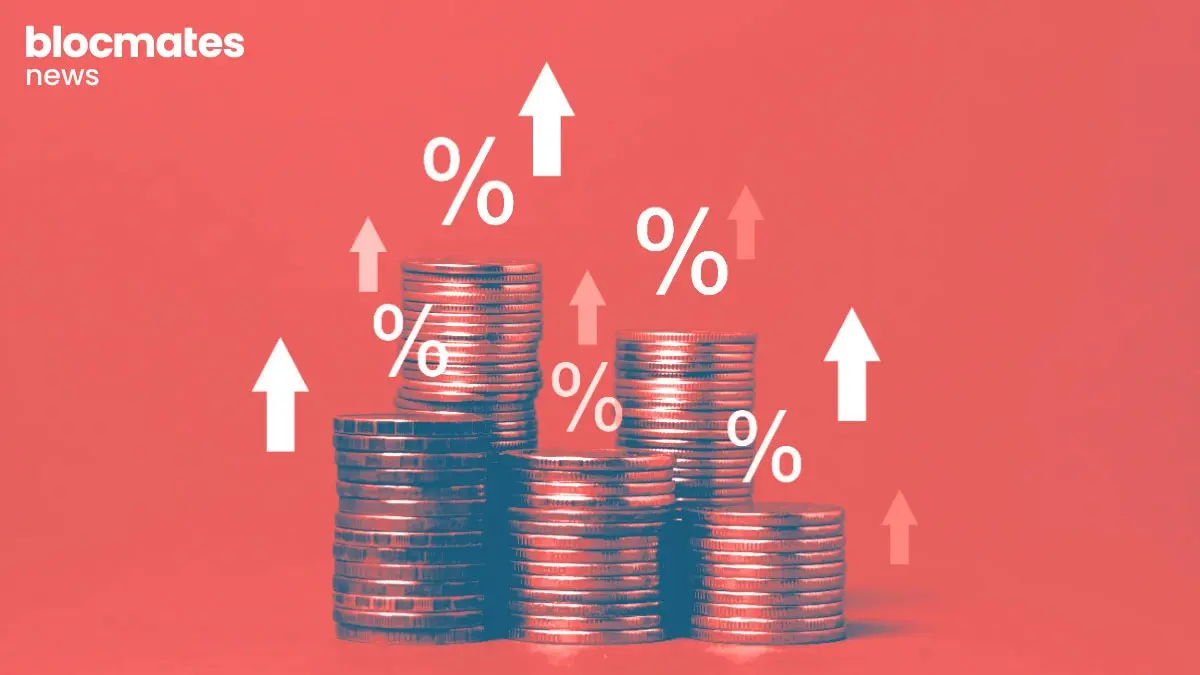

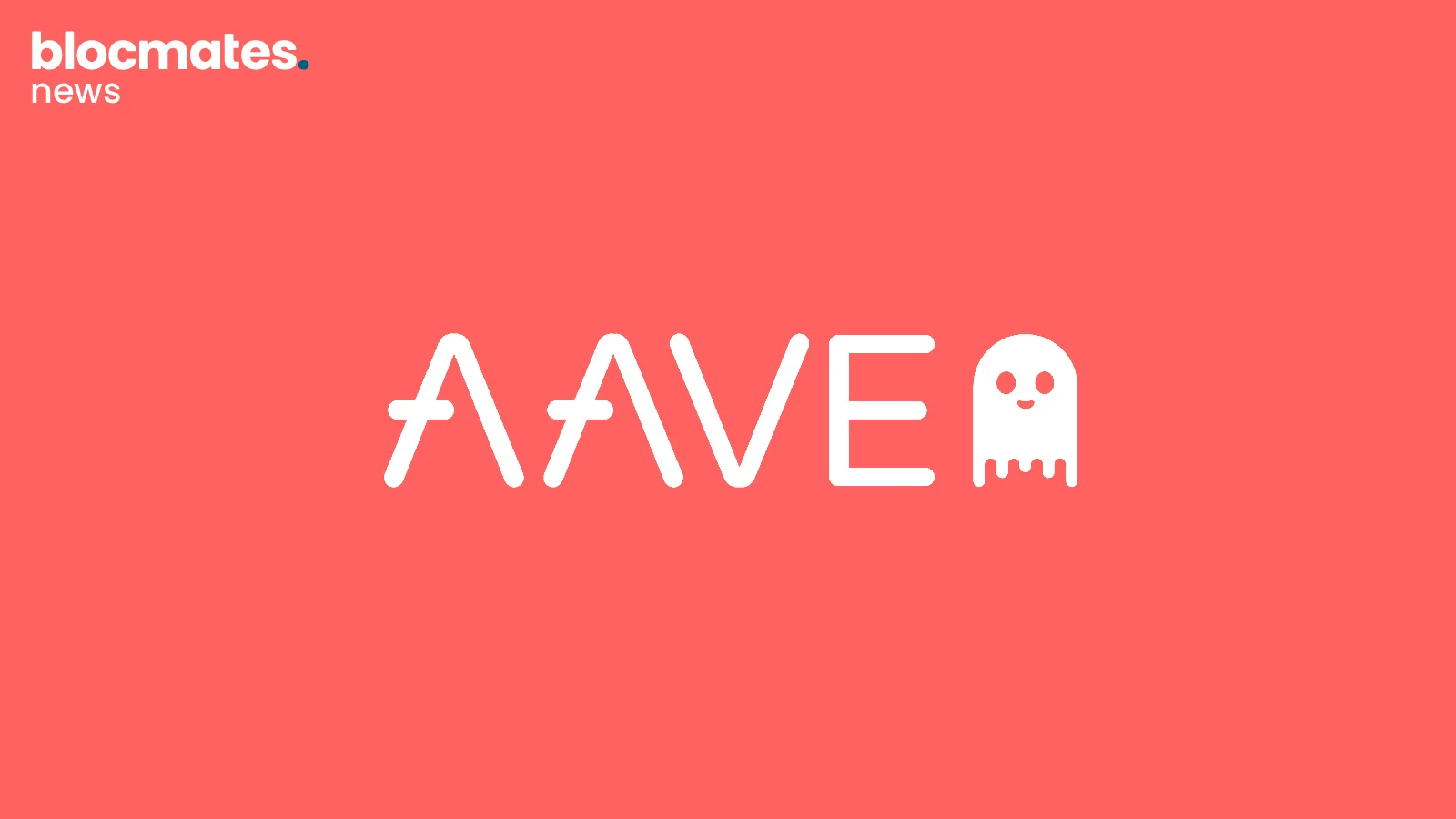
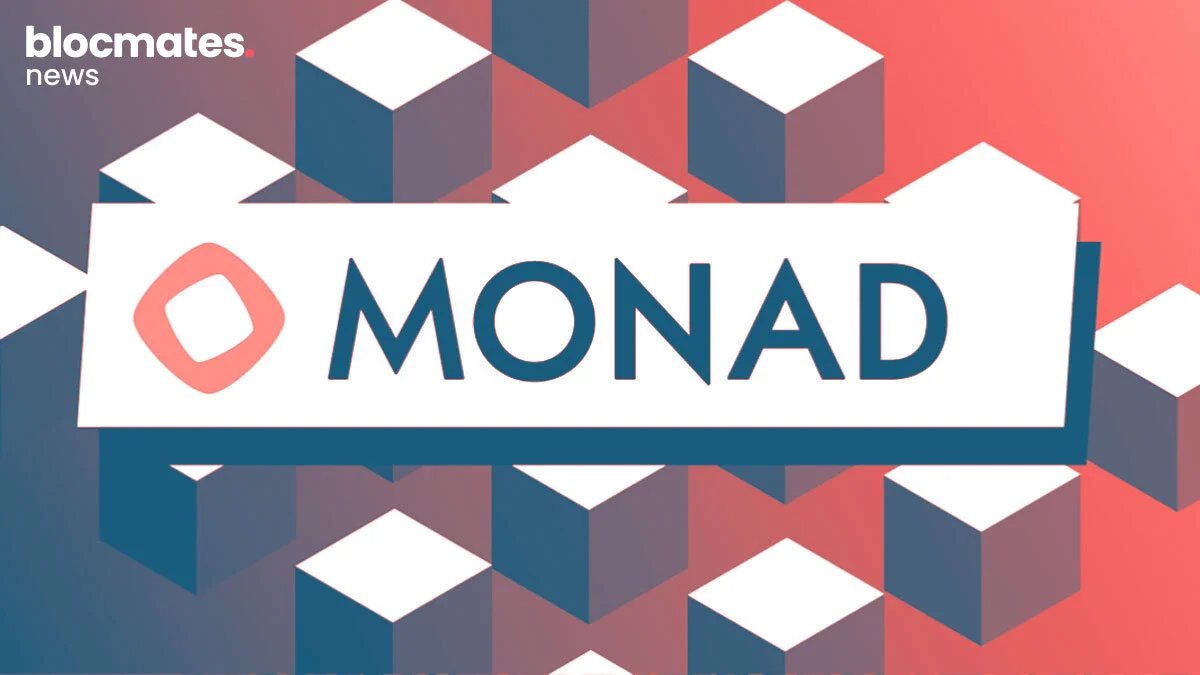





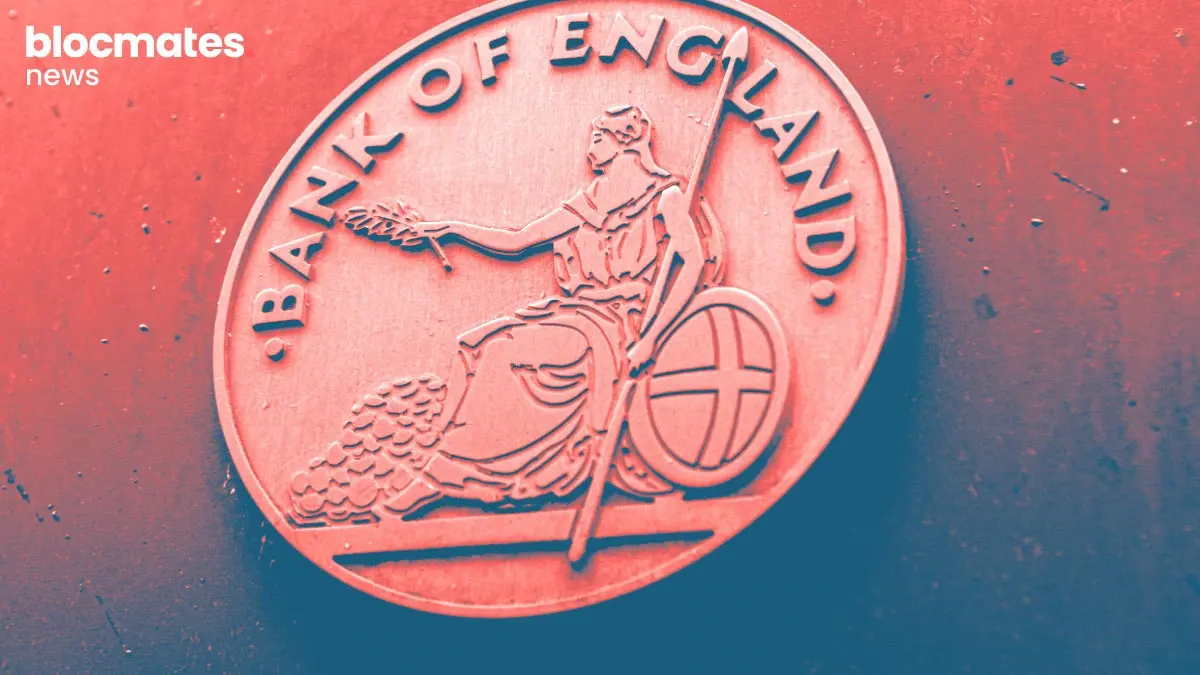
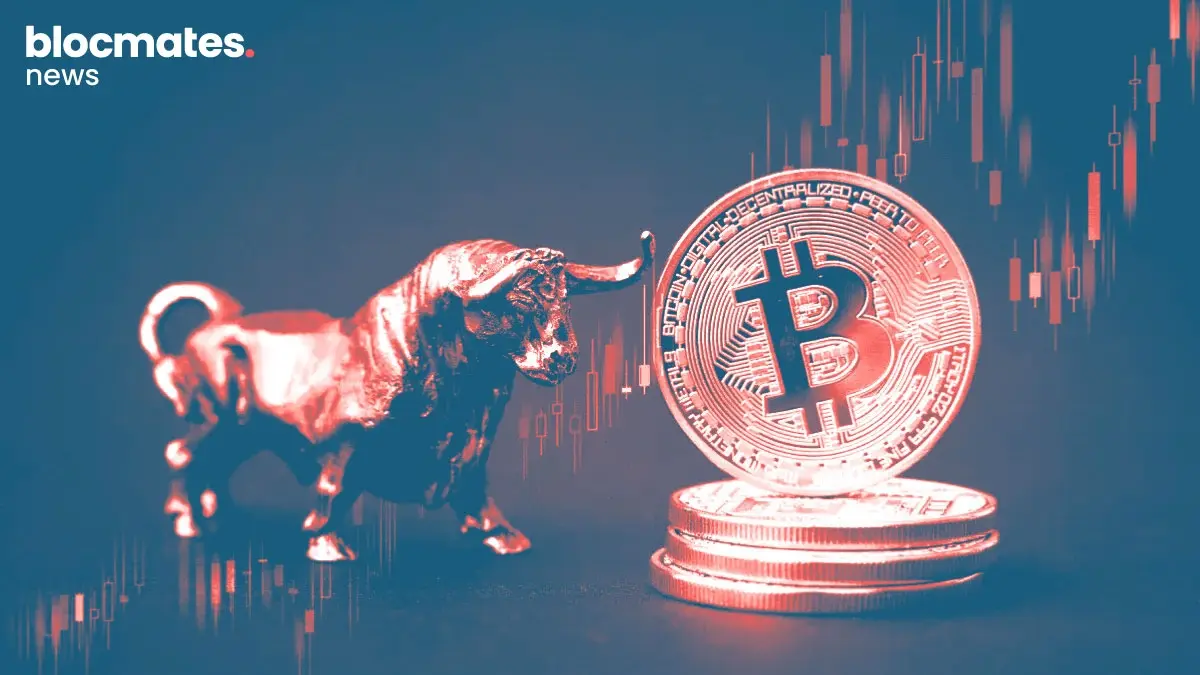

.webp)
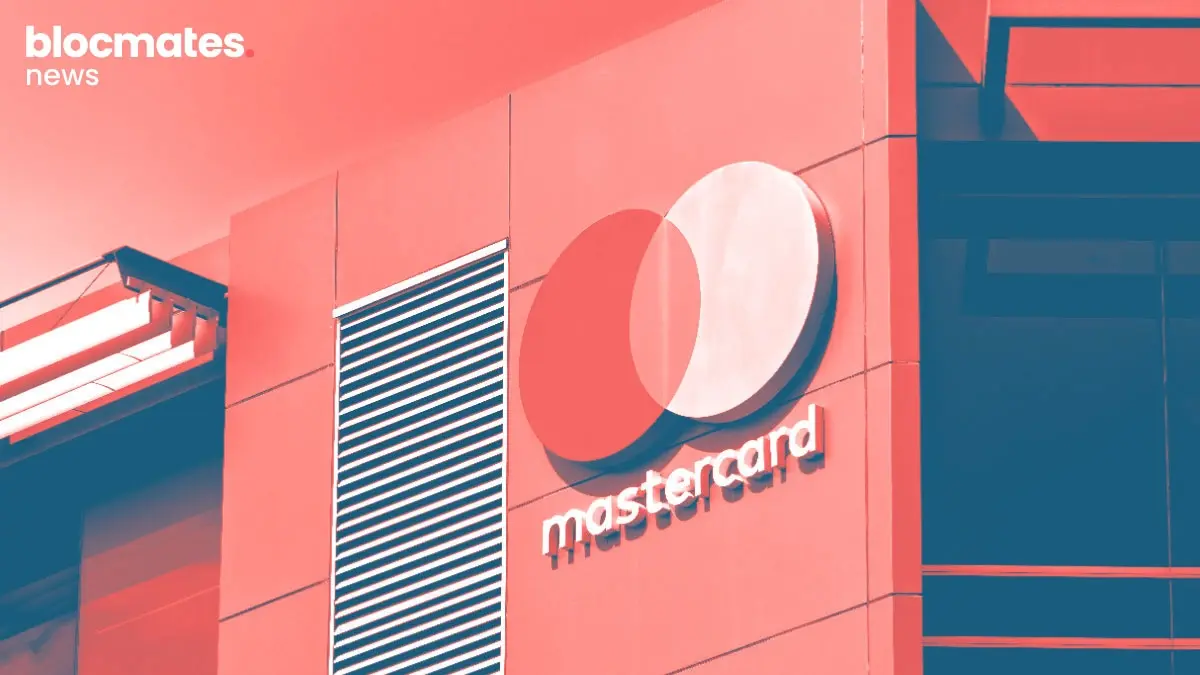




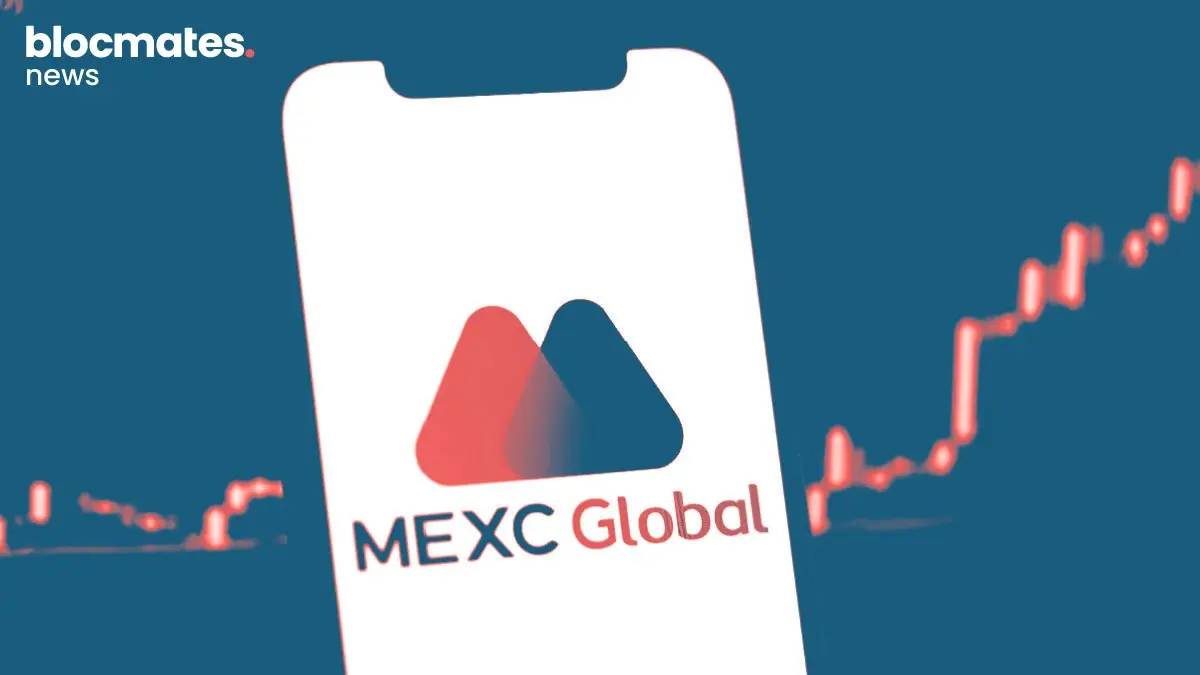

.webp)


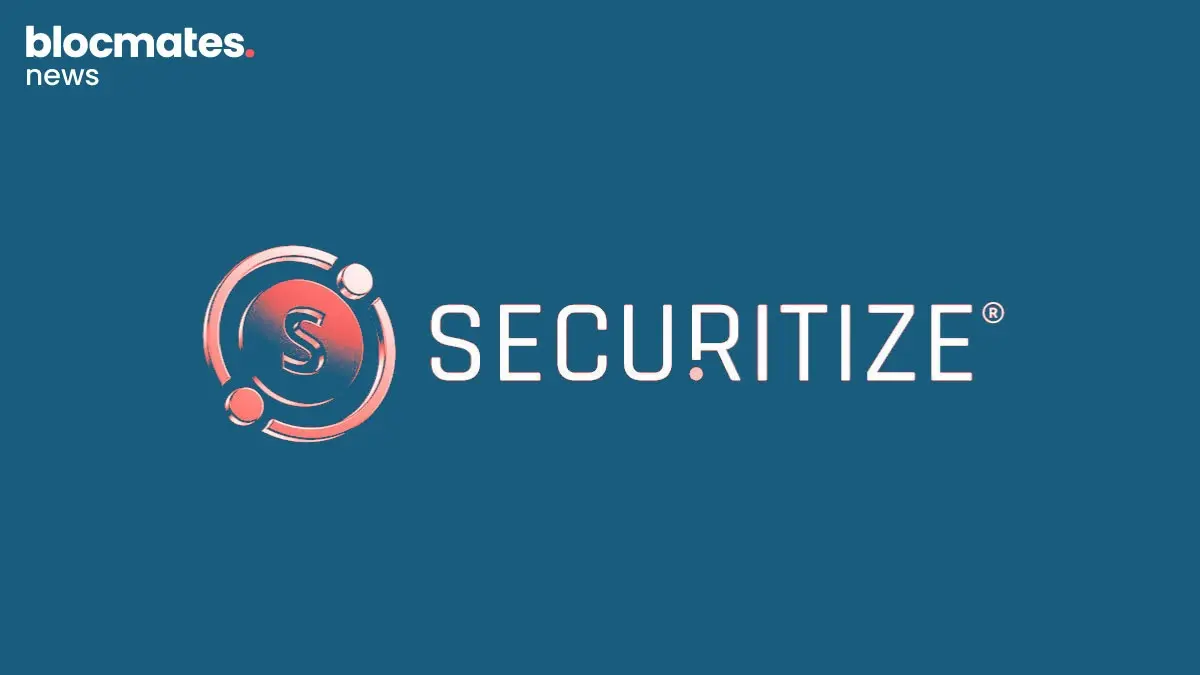
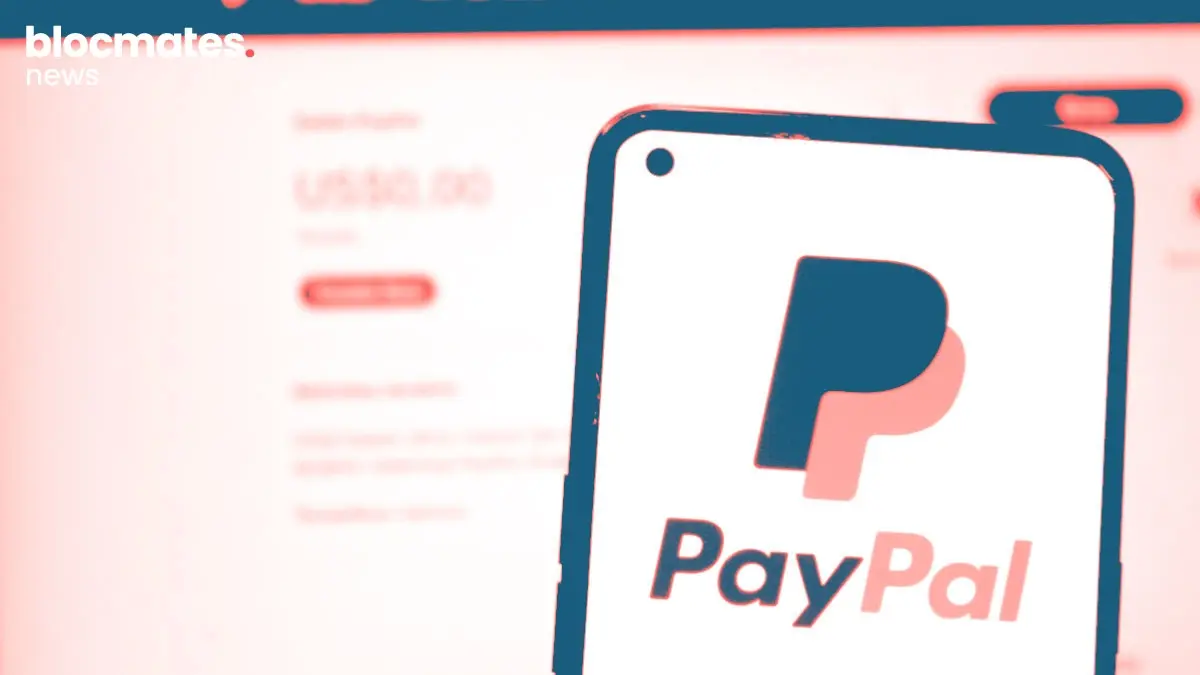
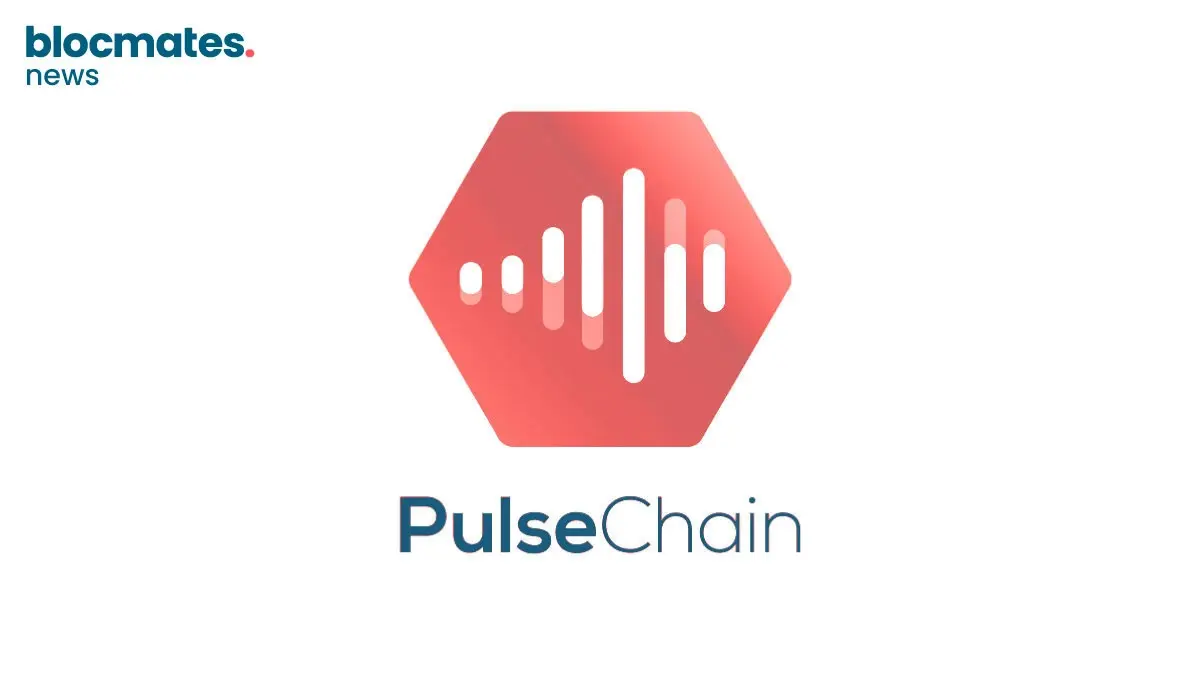
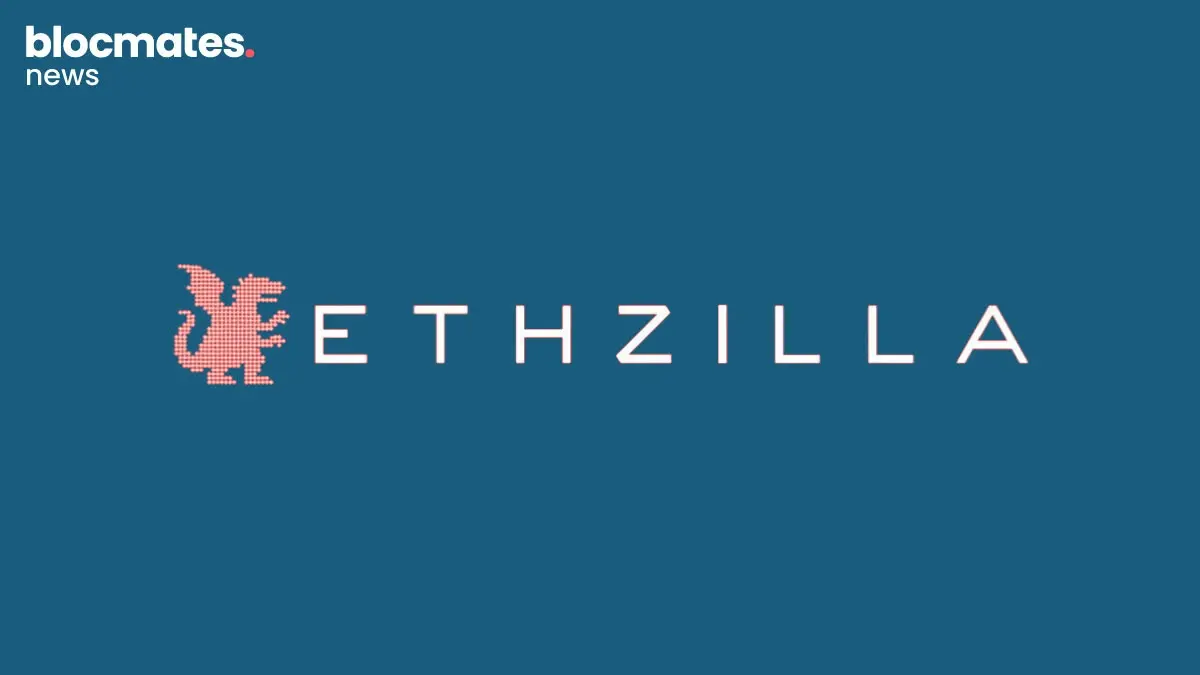
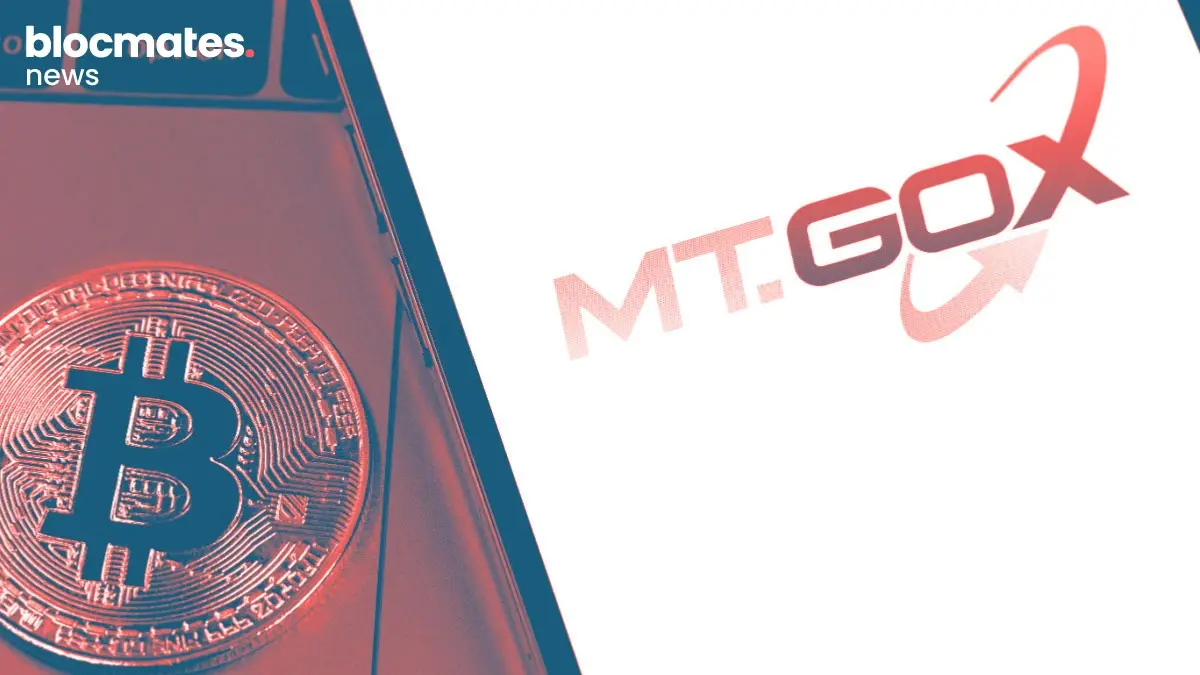

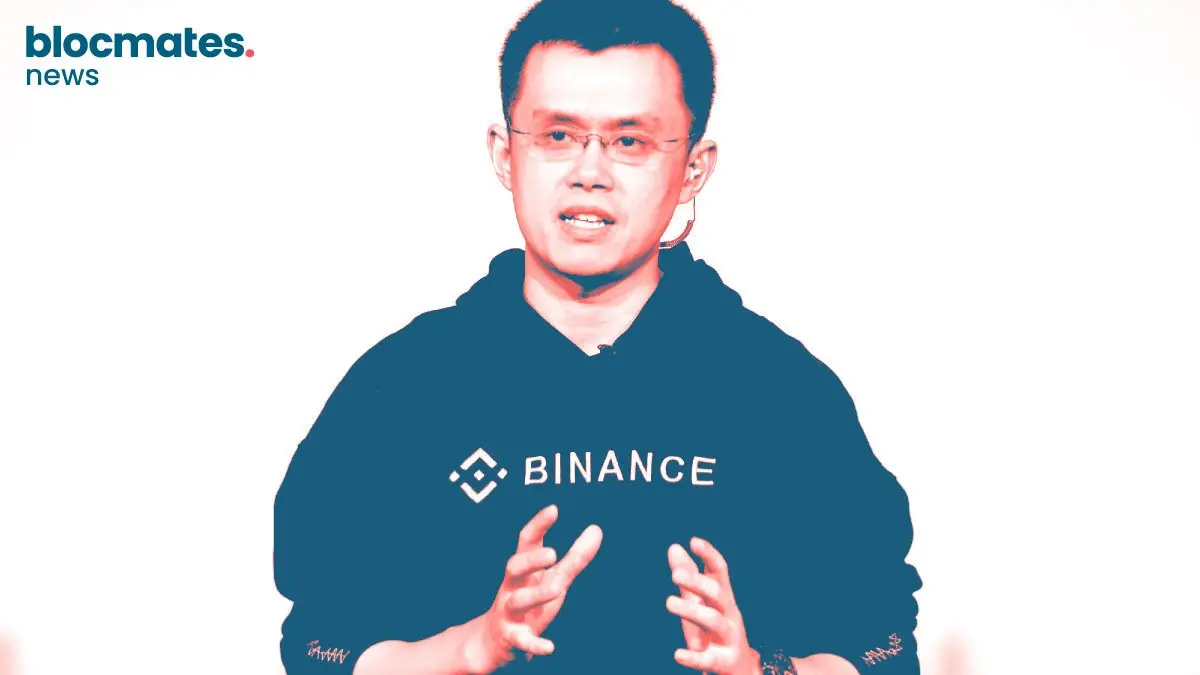


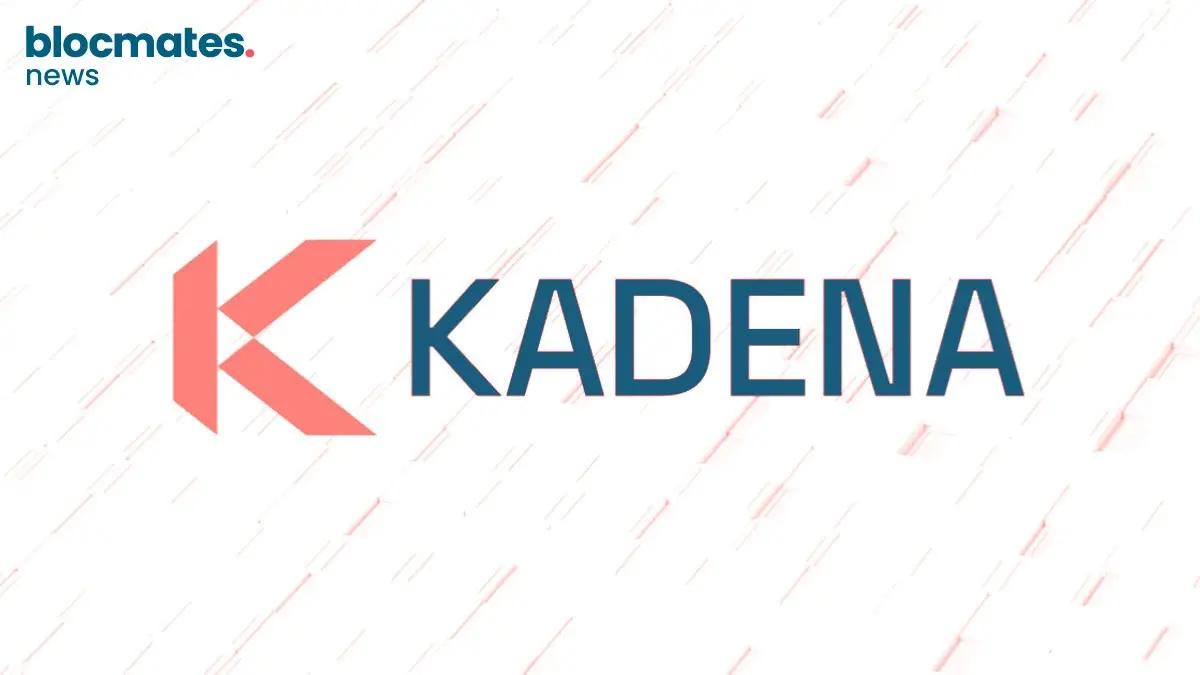

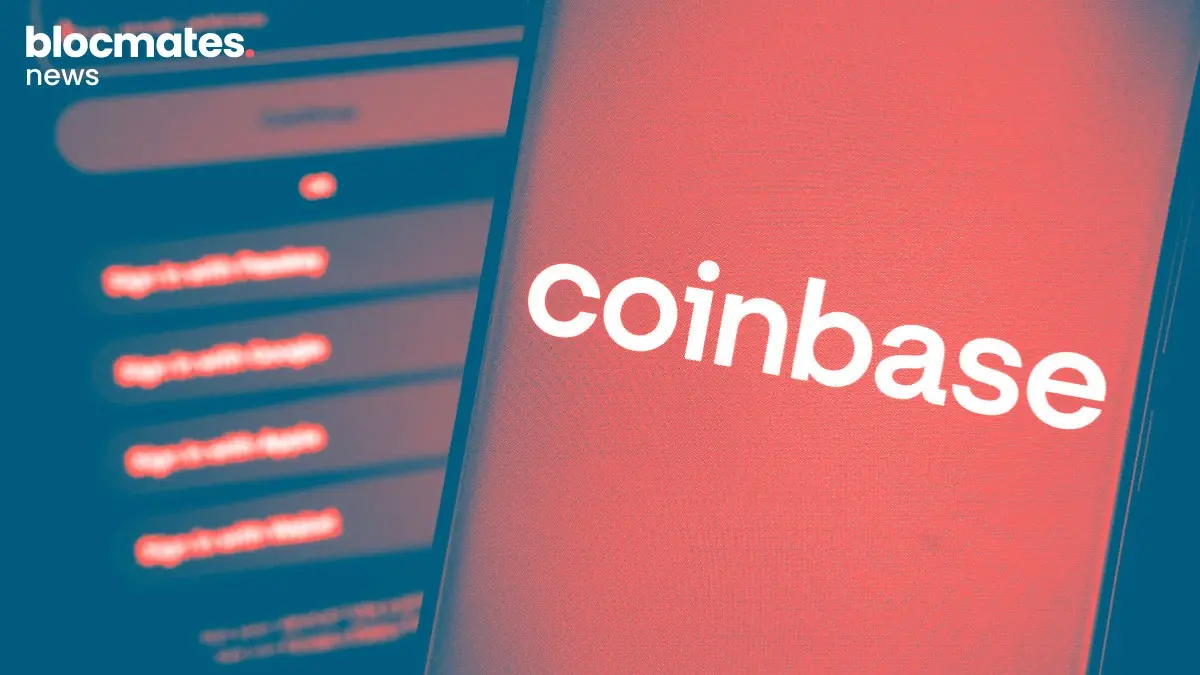

.webp)

.webp)
.webp)

.webp)


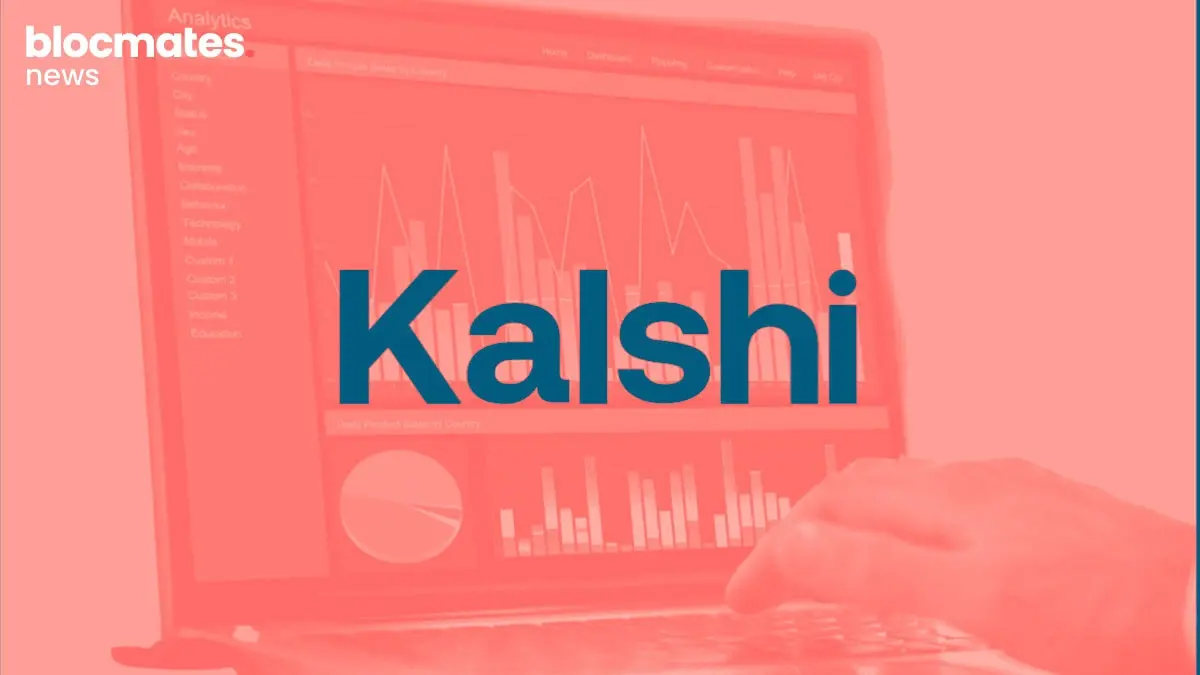




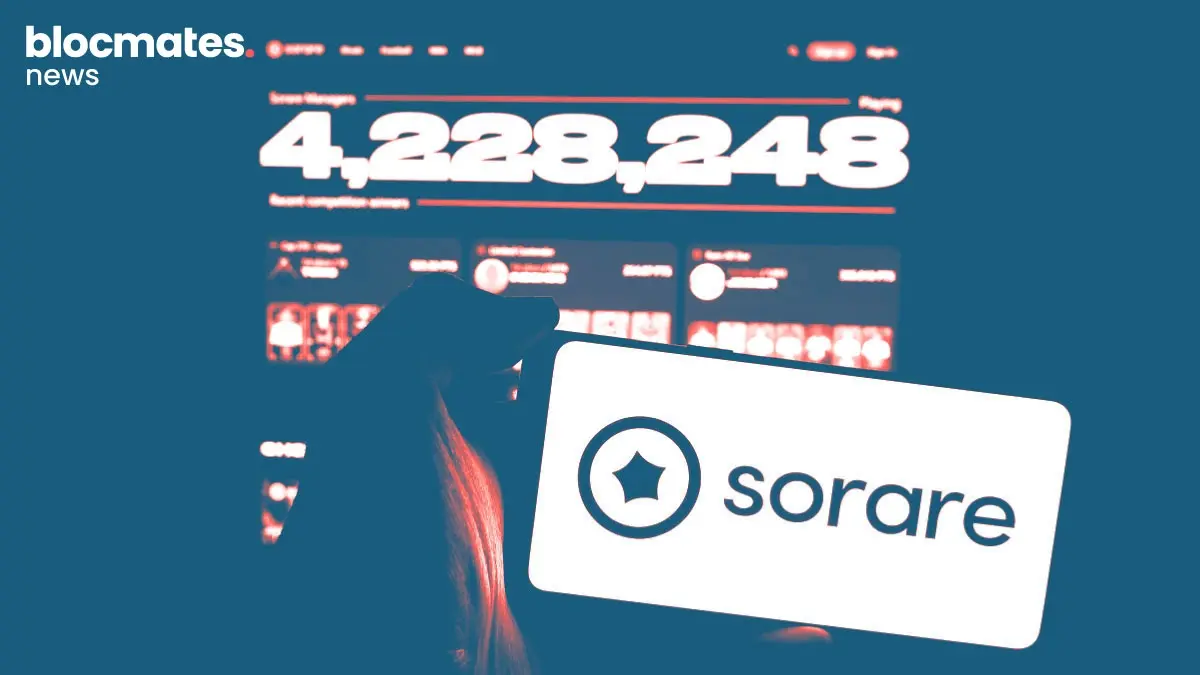





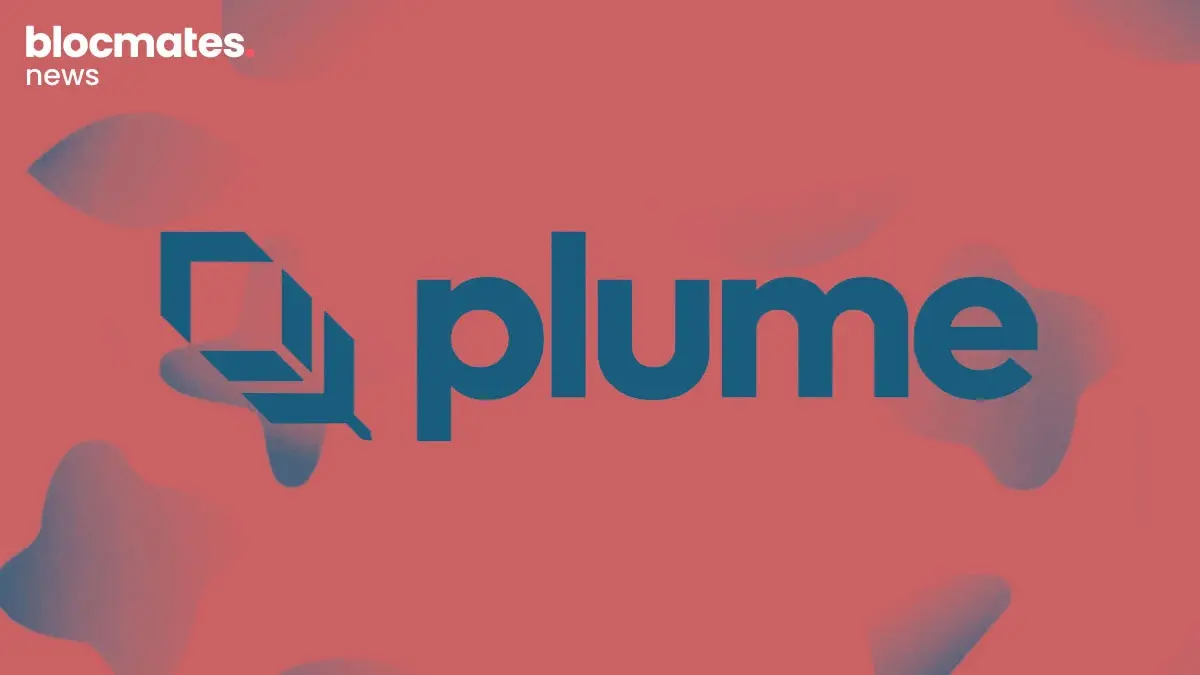

.webp)

.webp)


.webp)

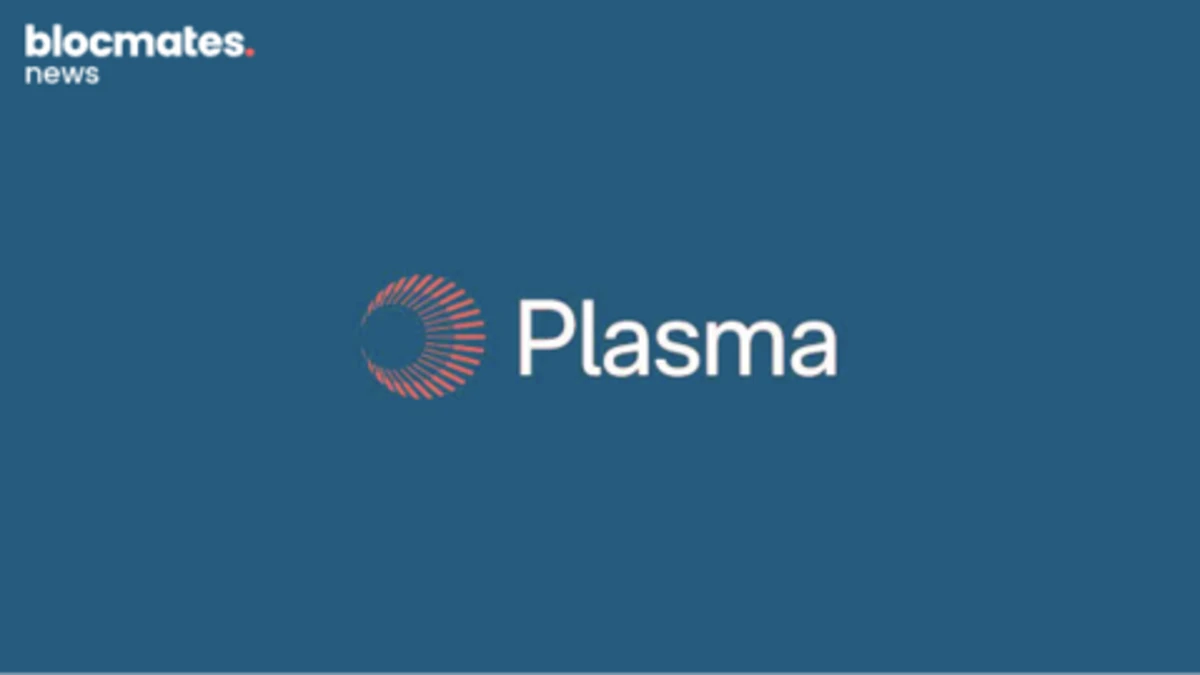

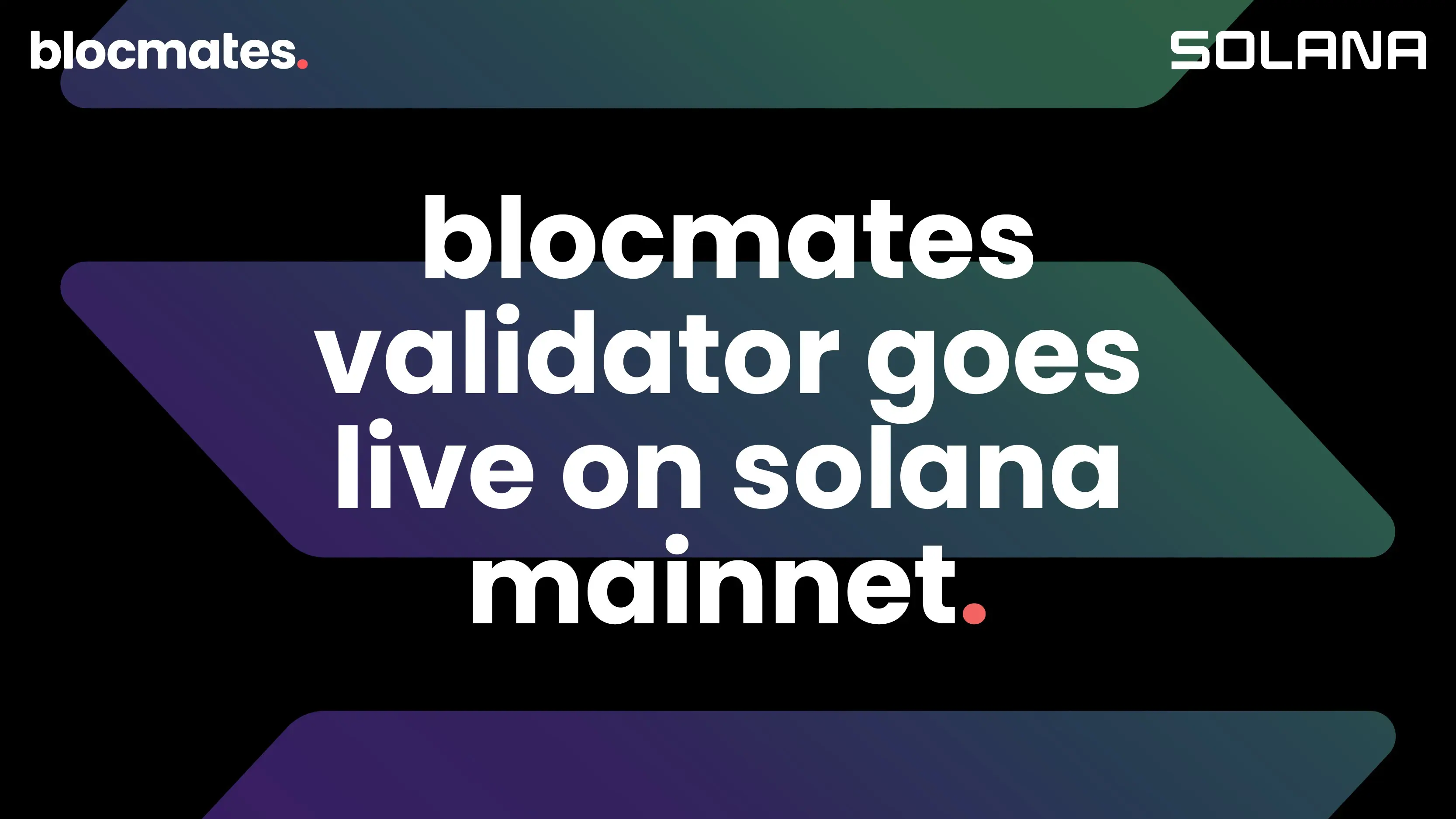
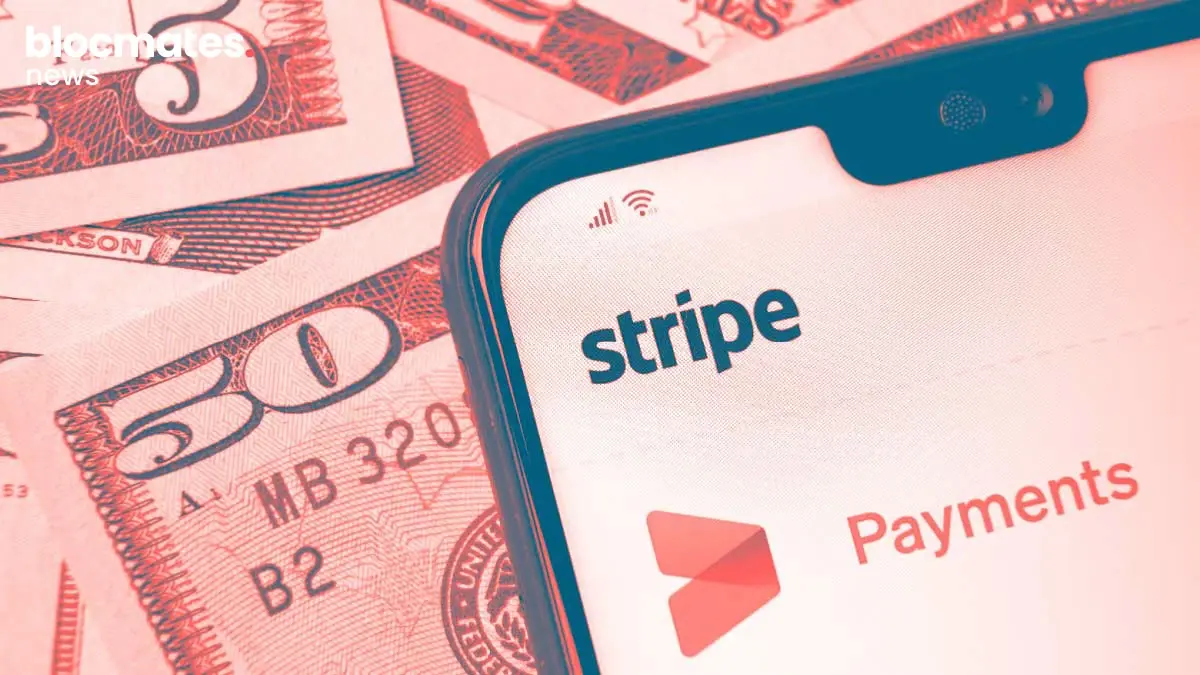


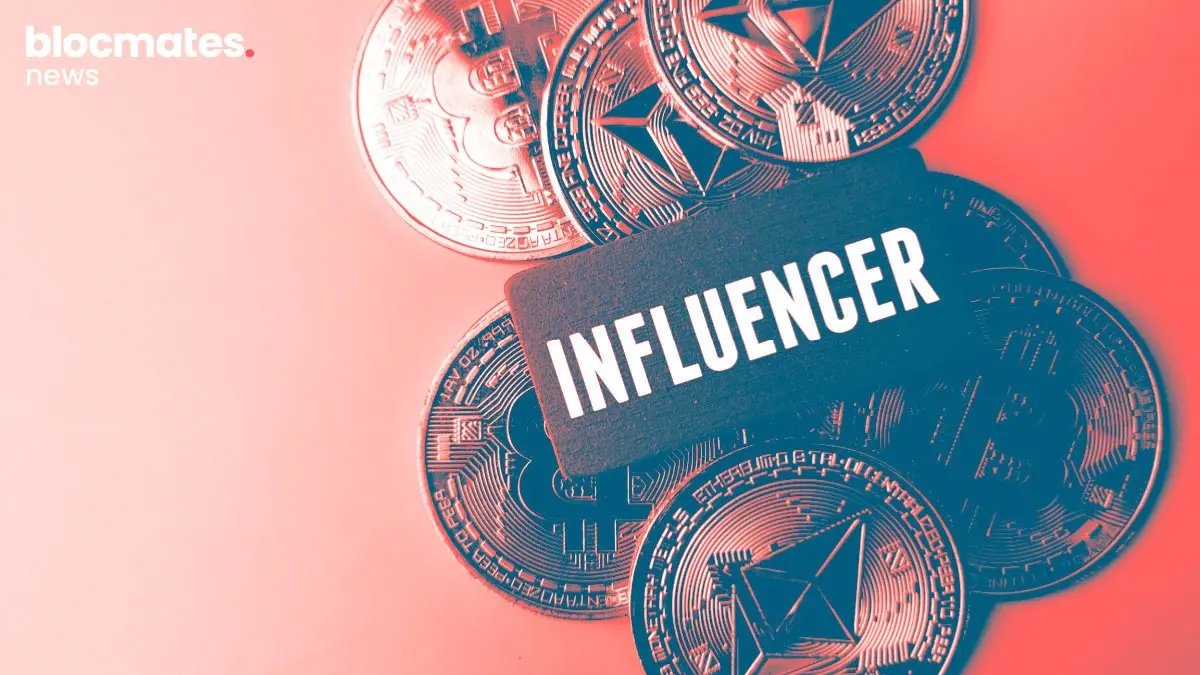
.webp)
